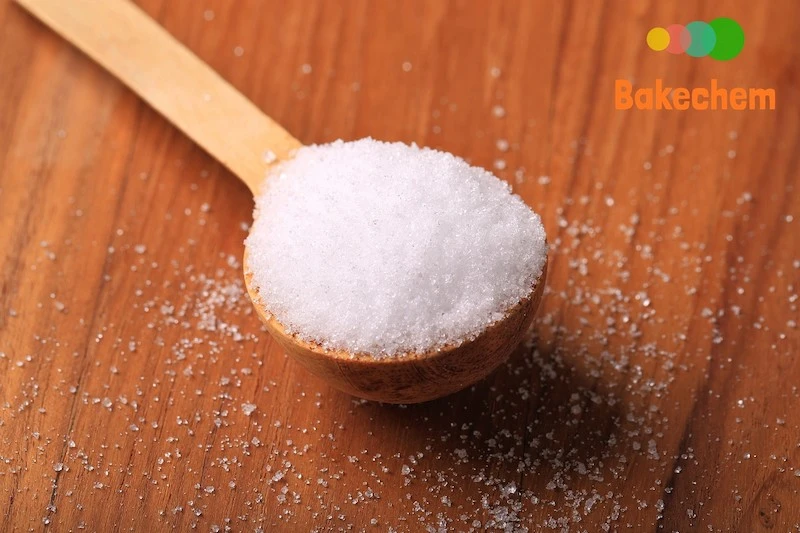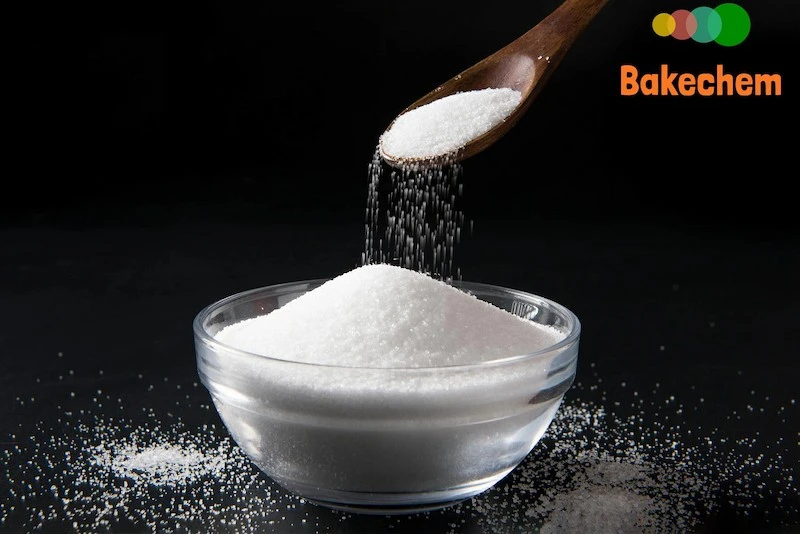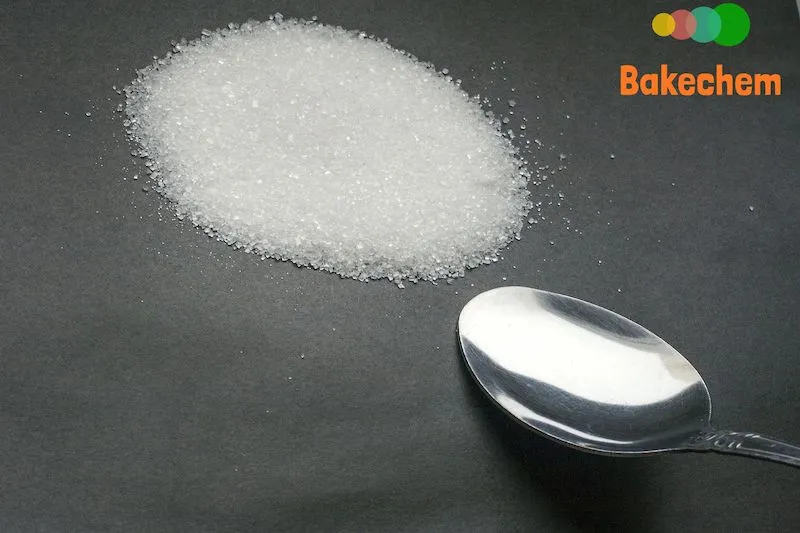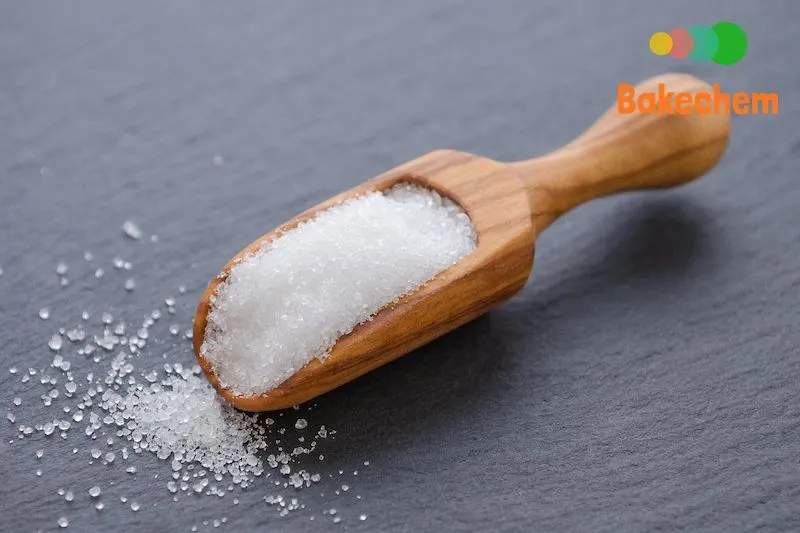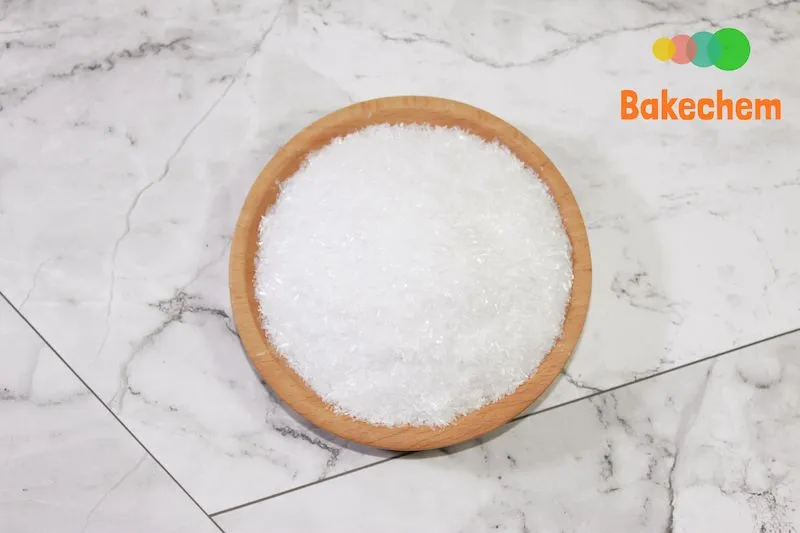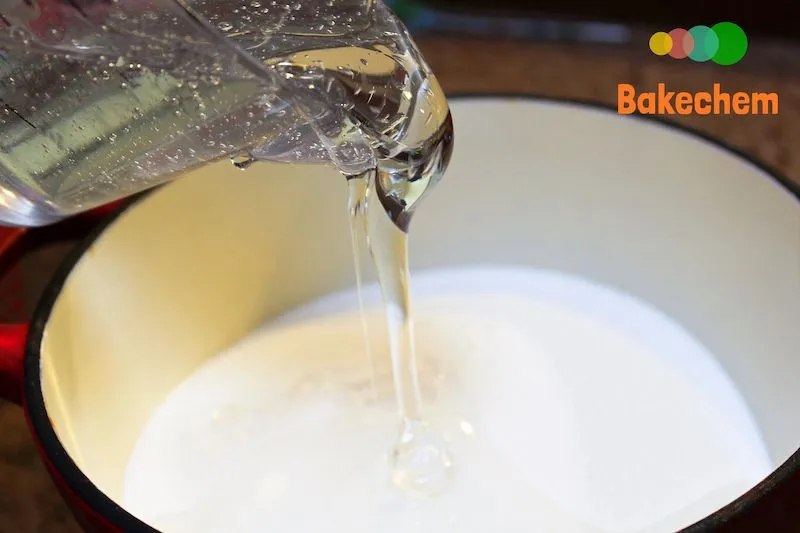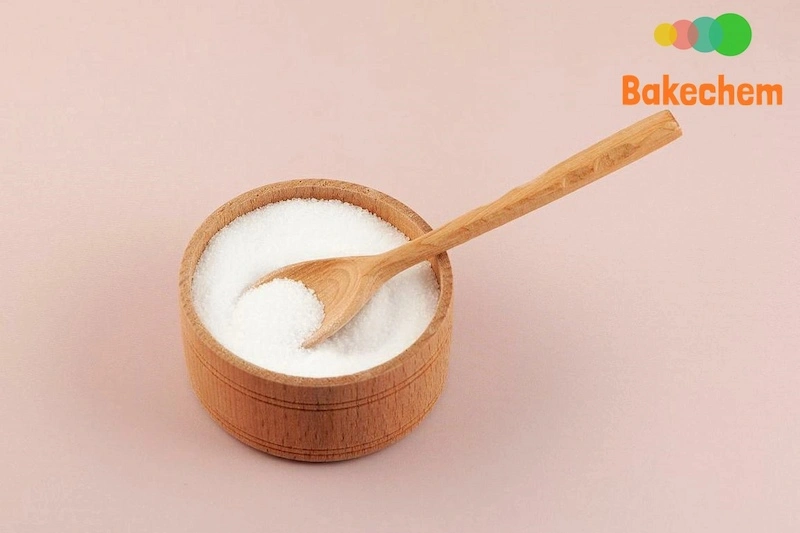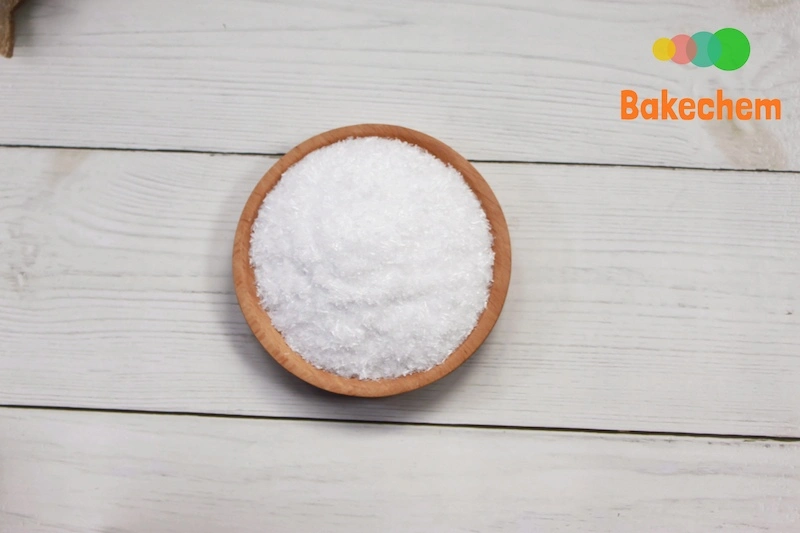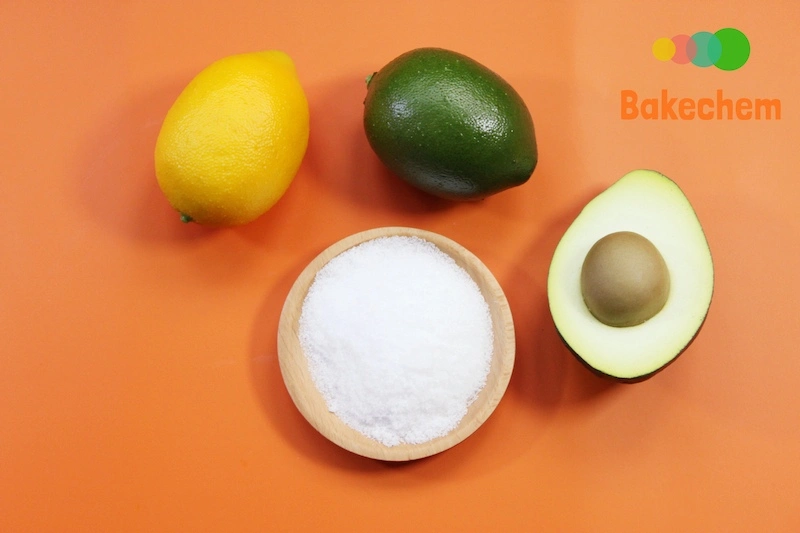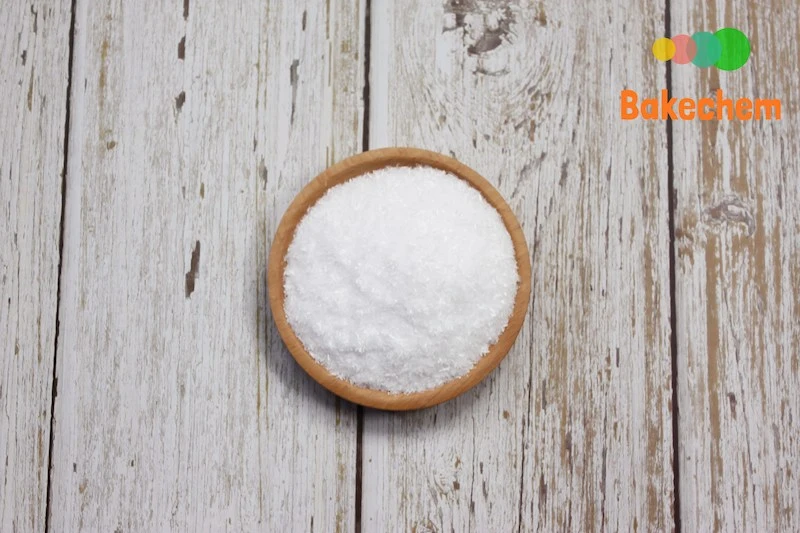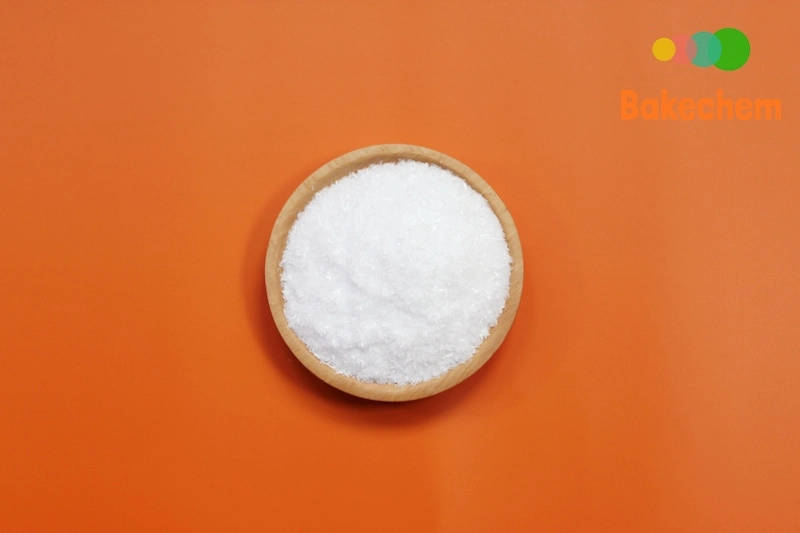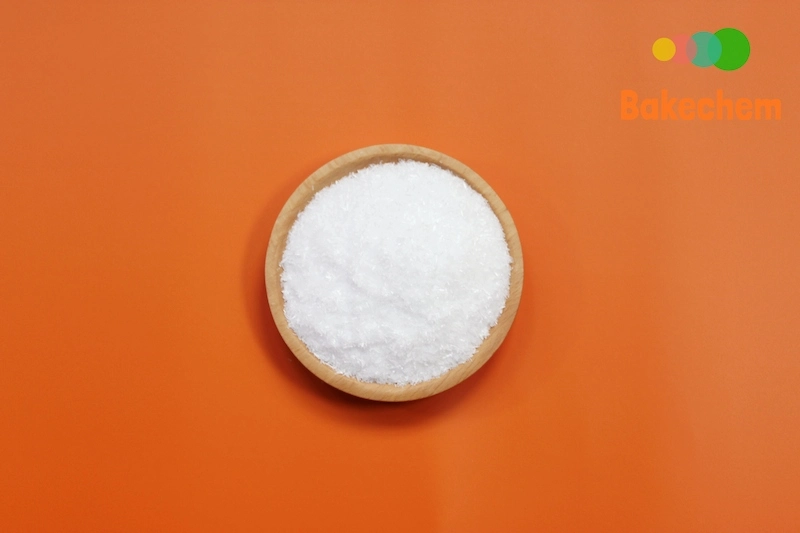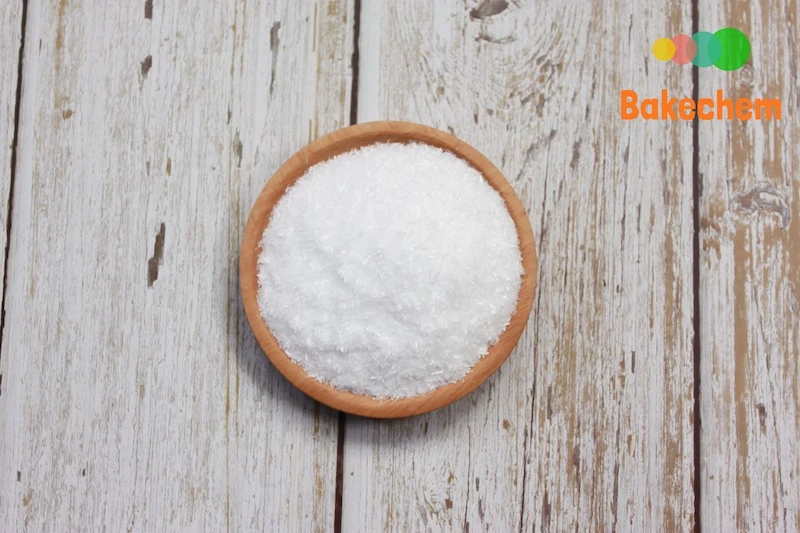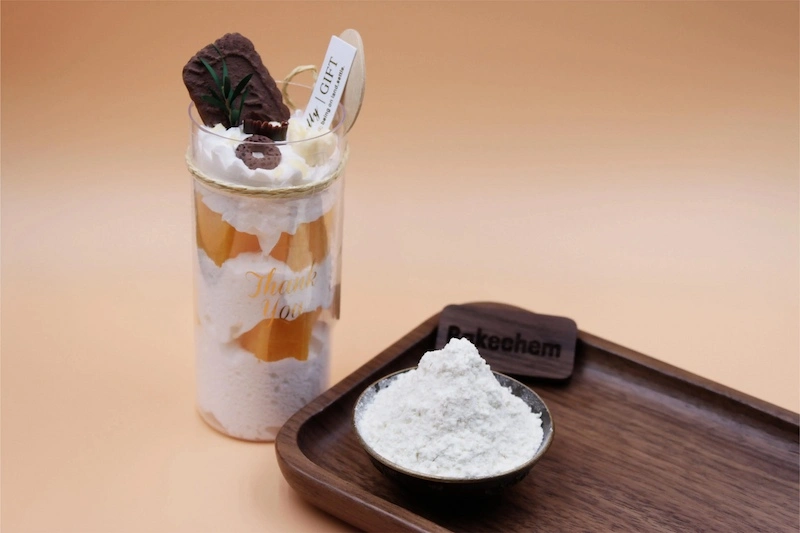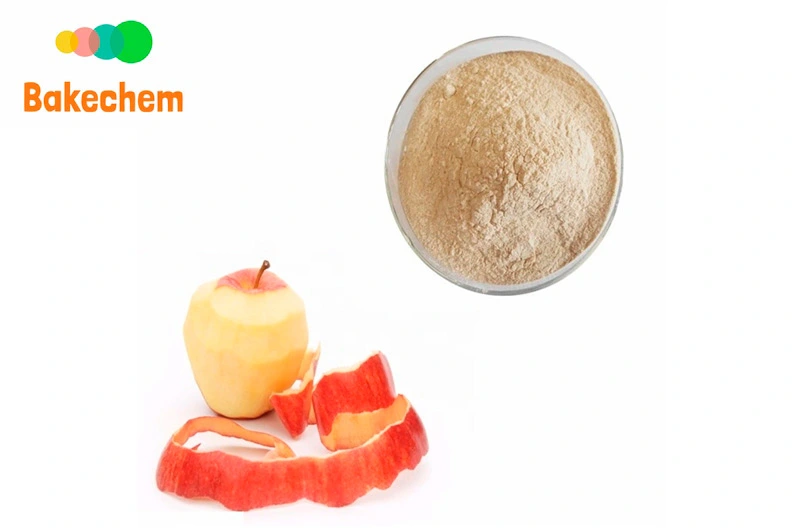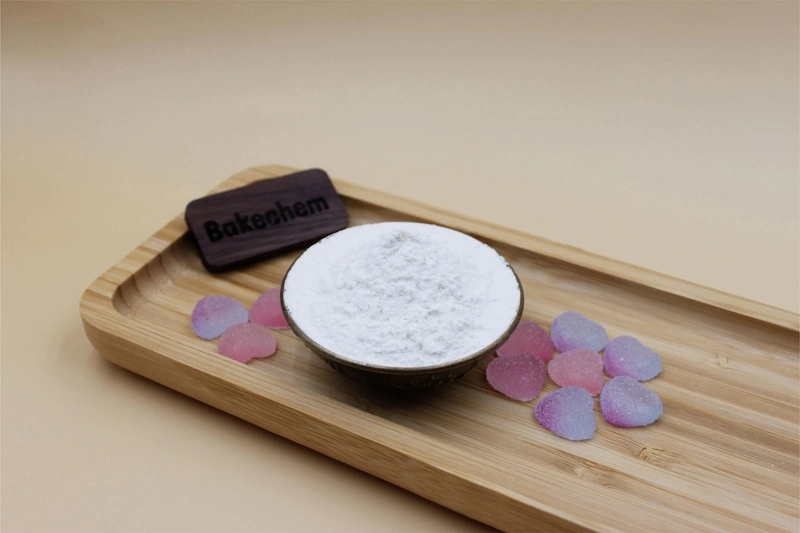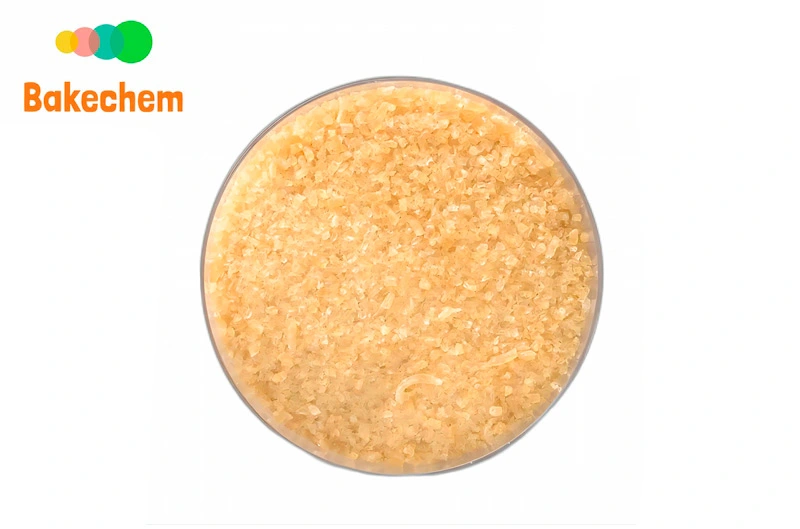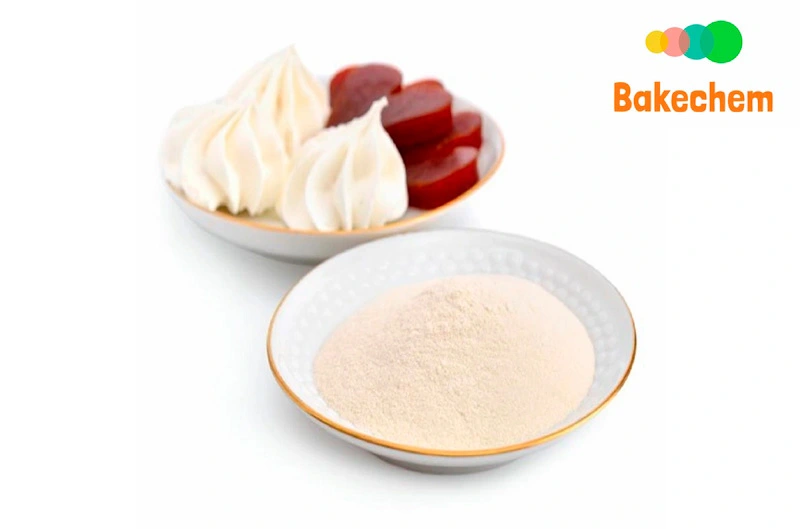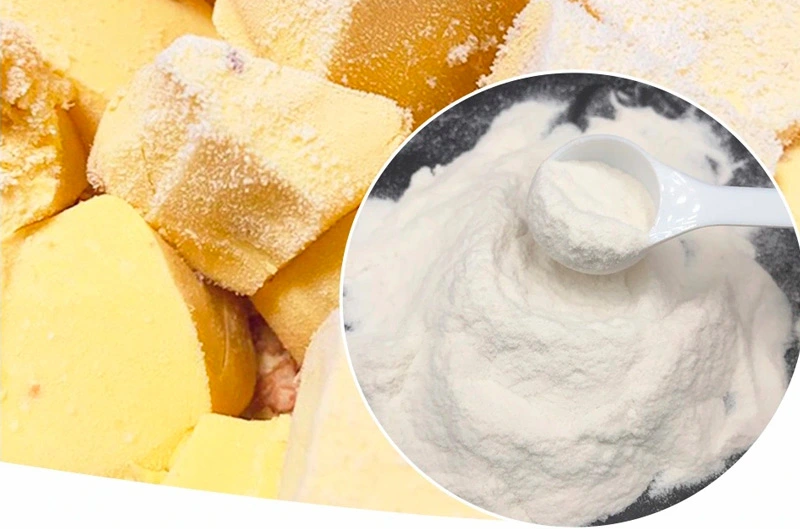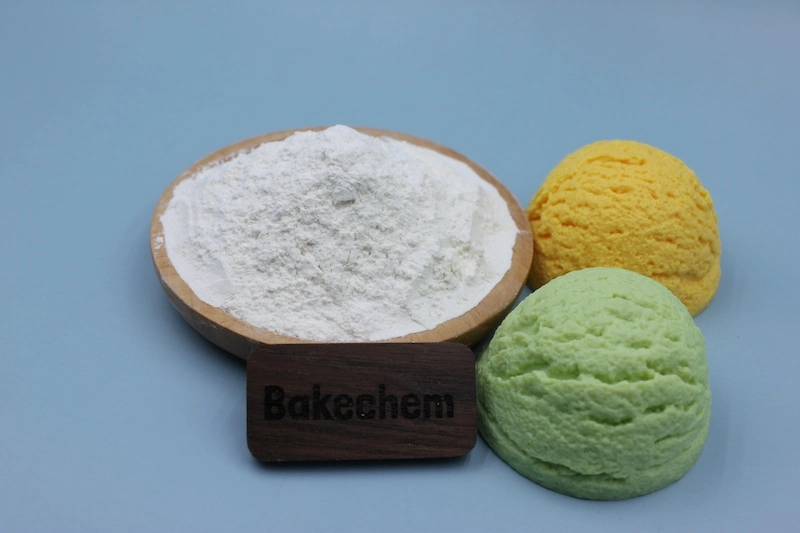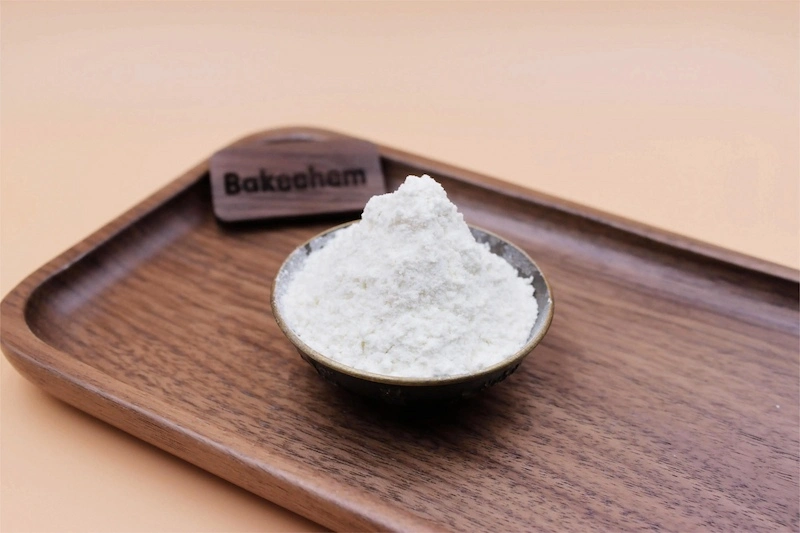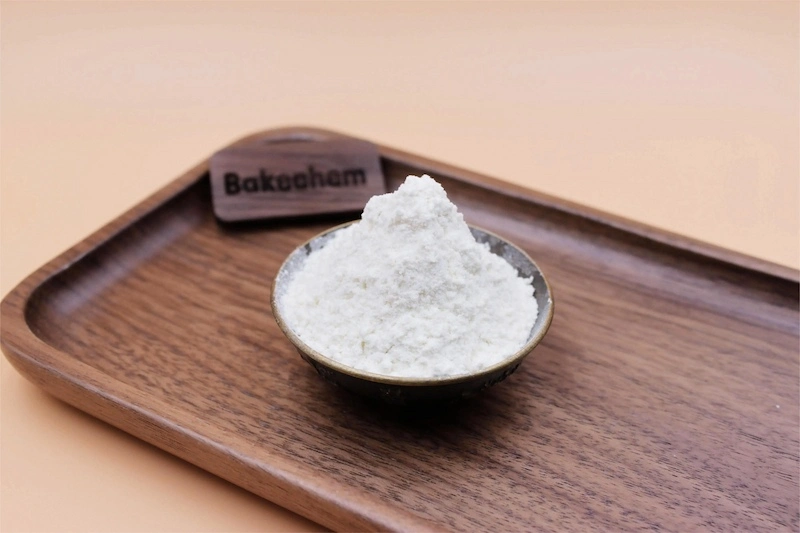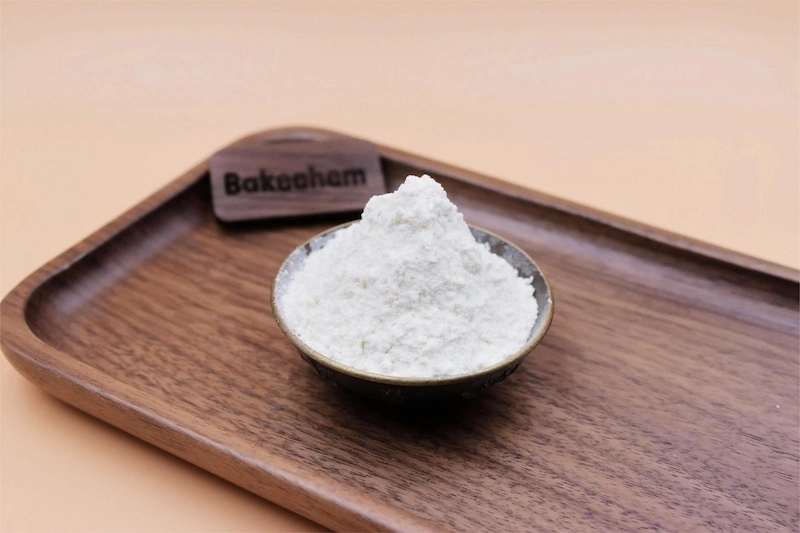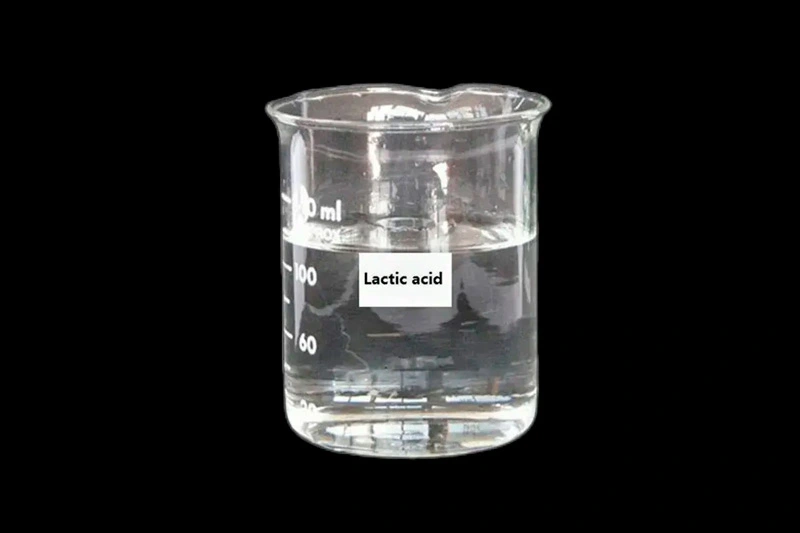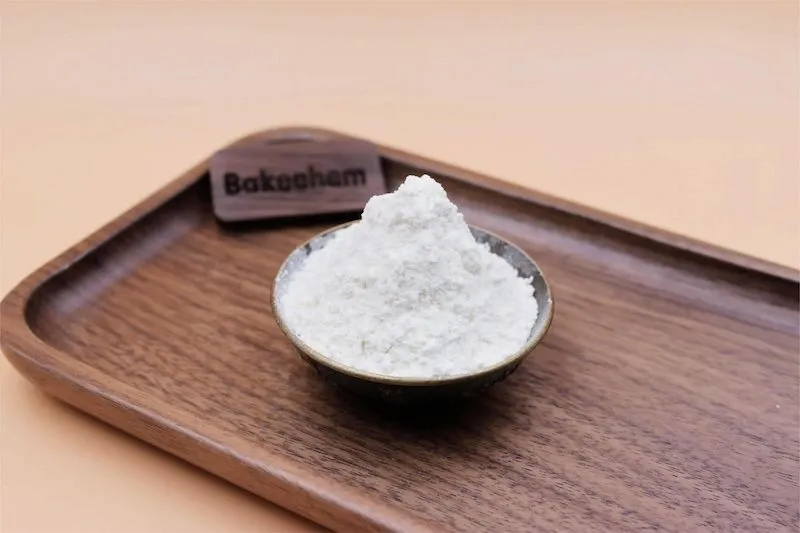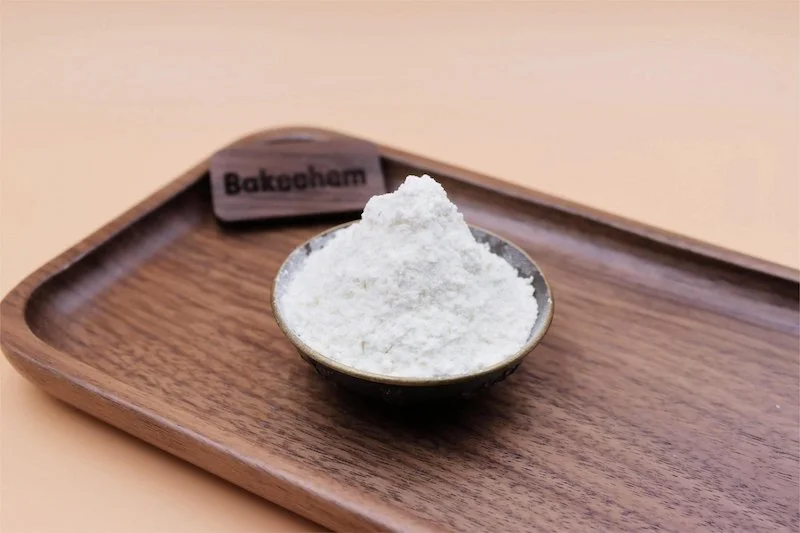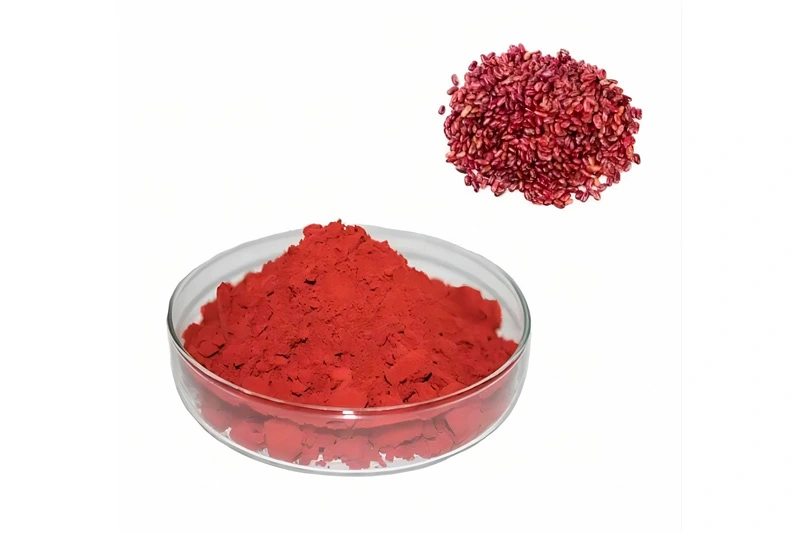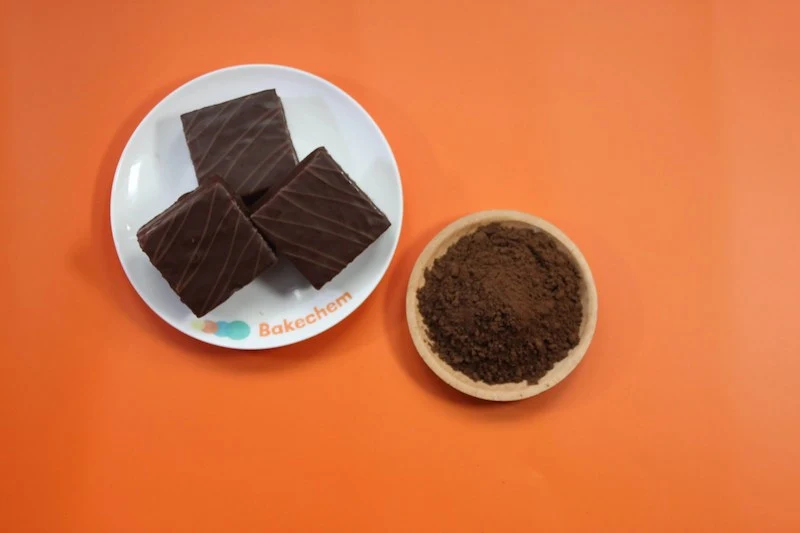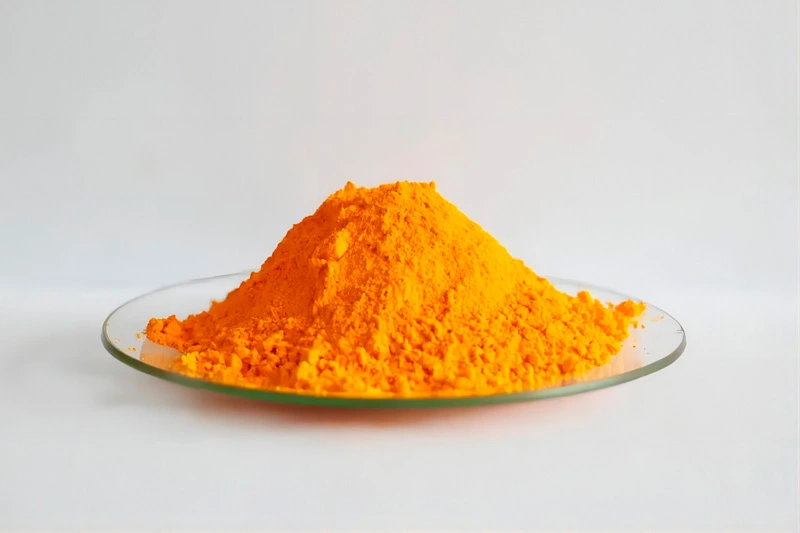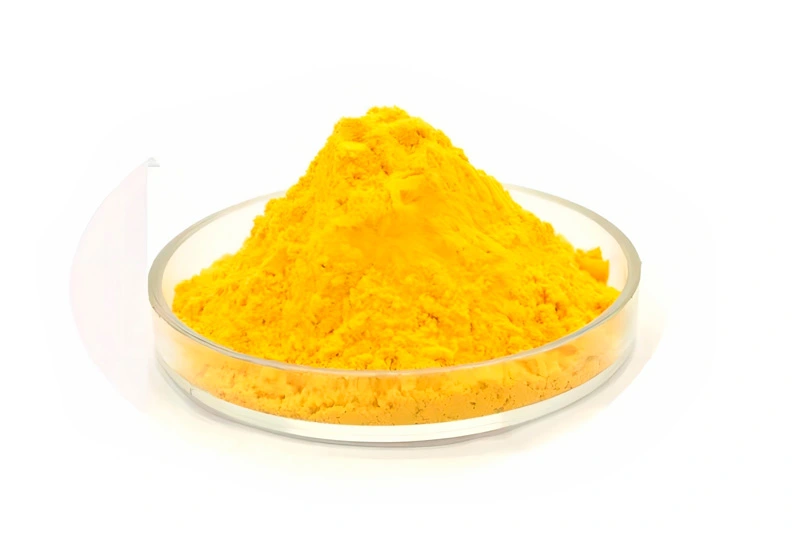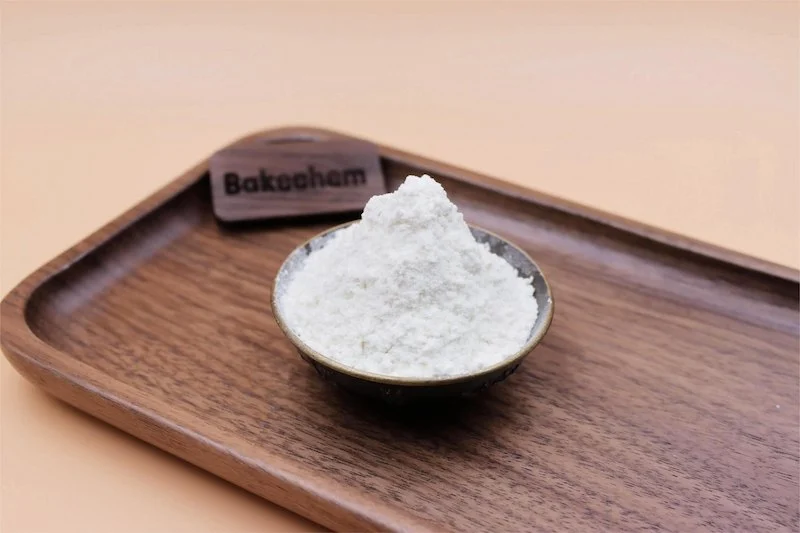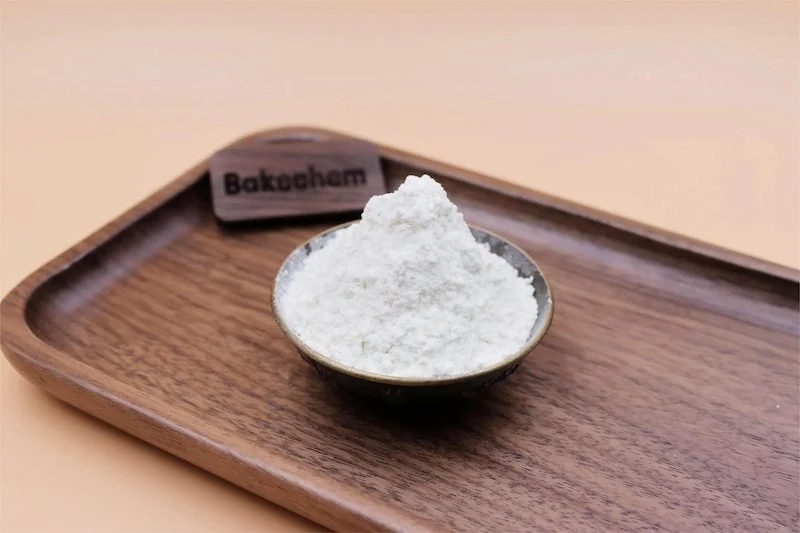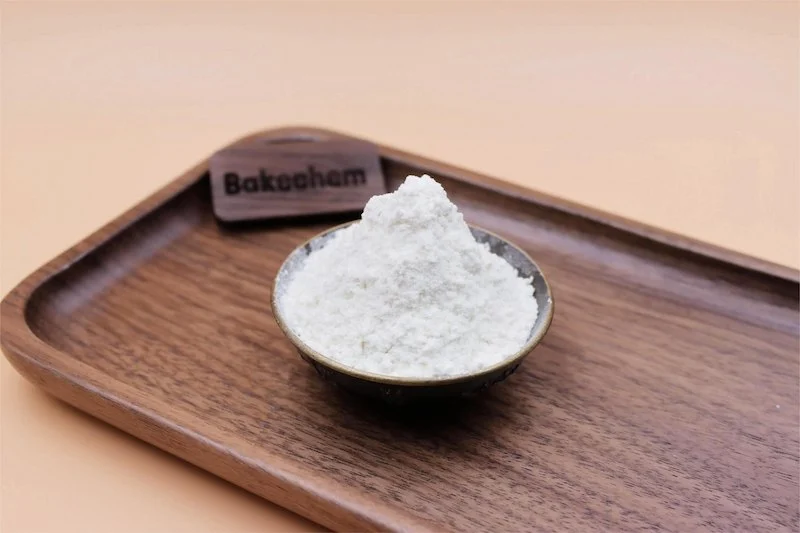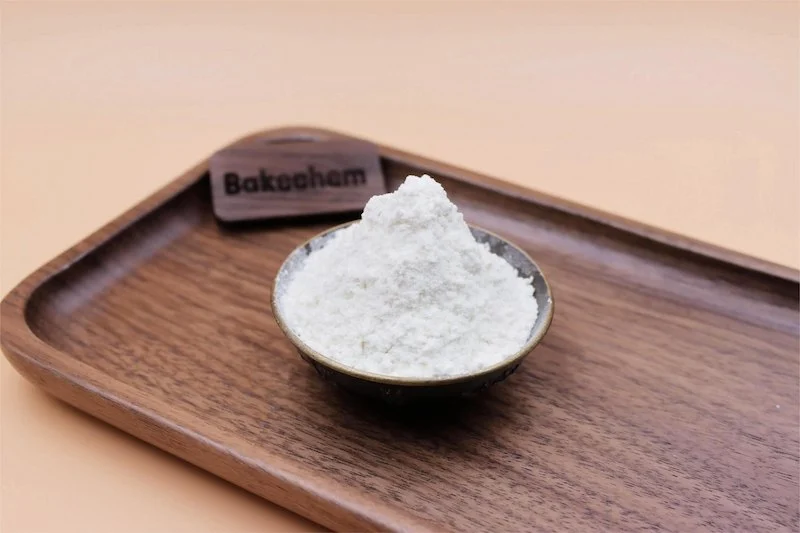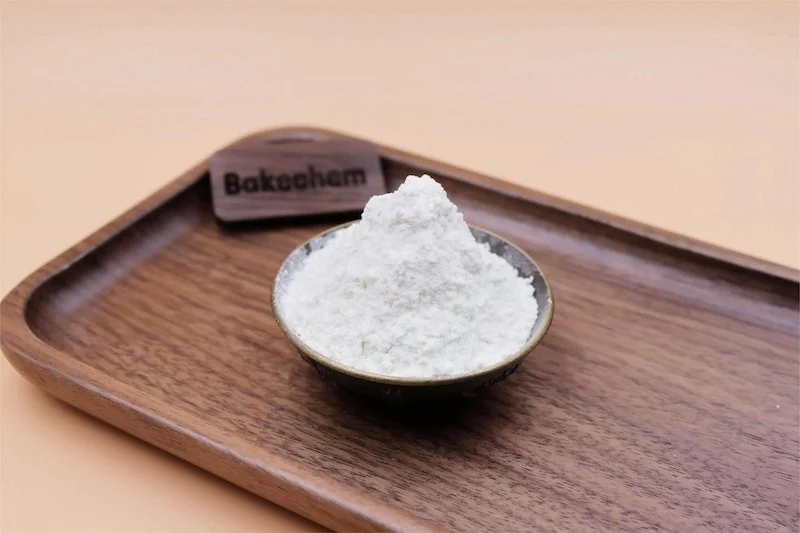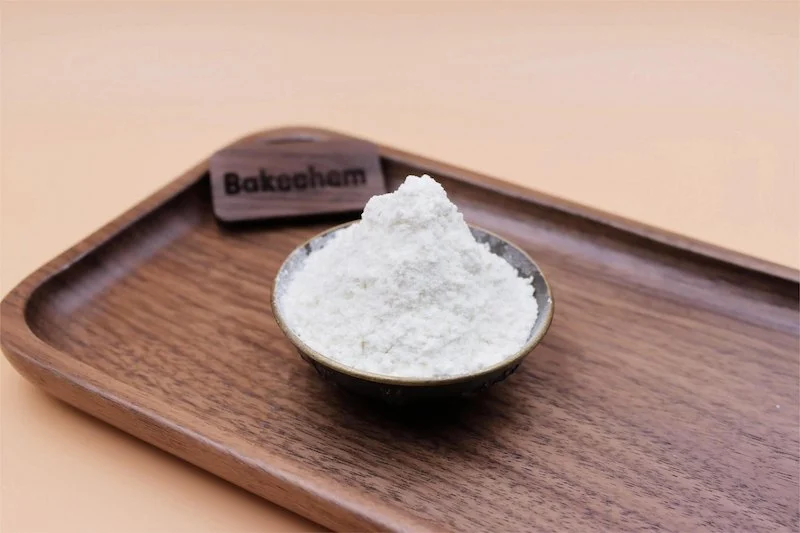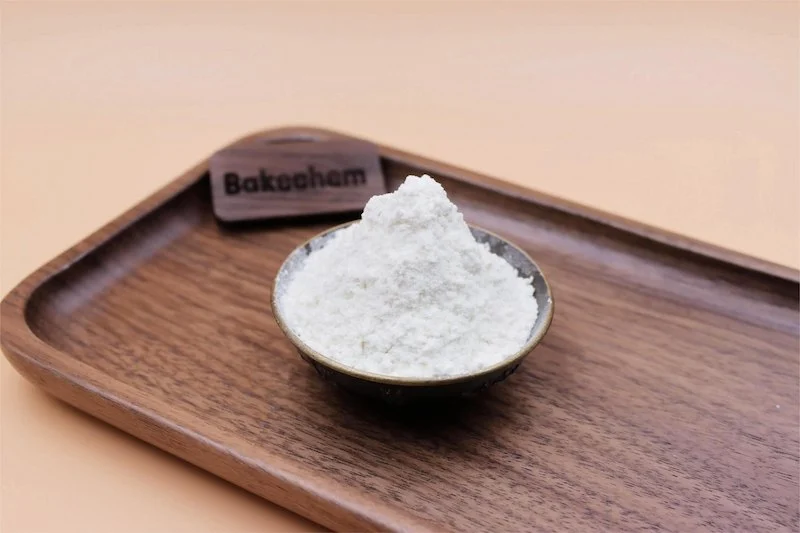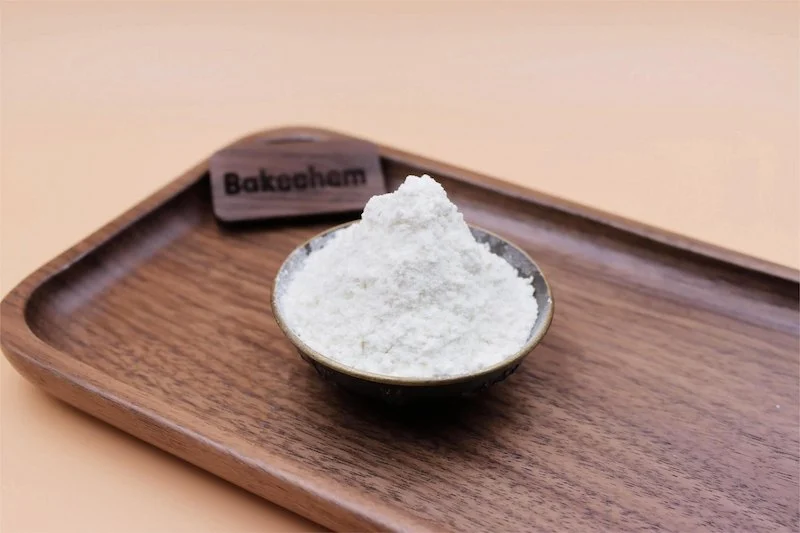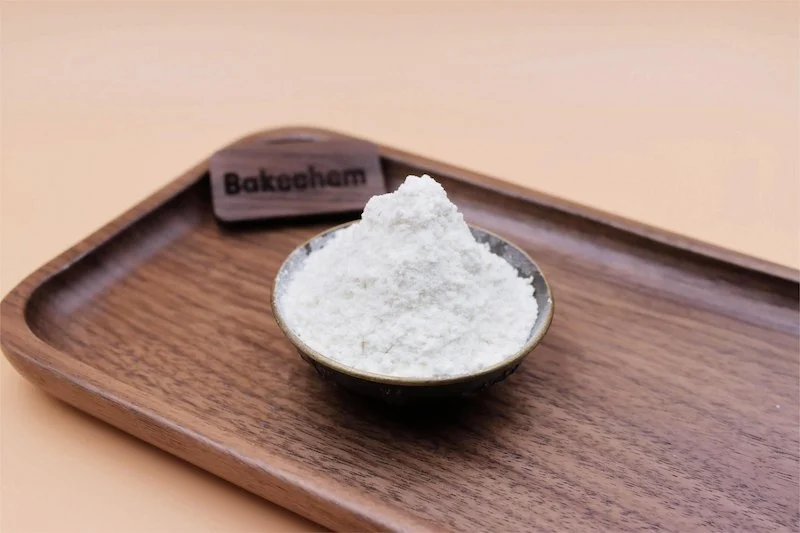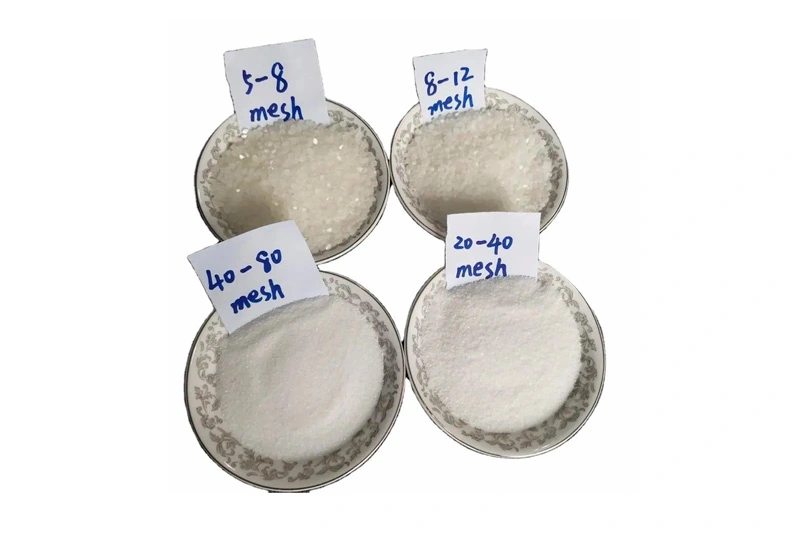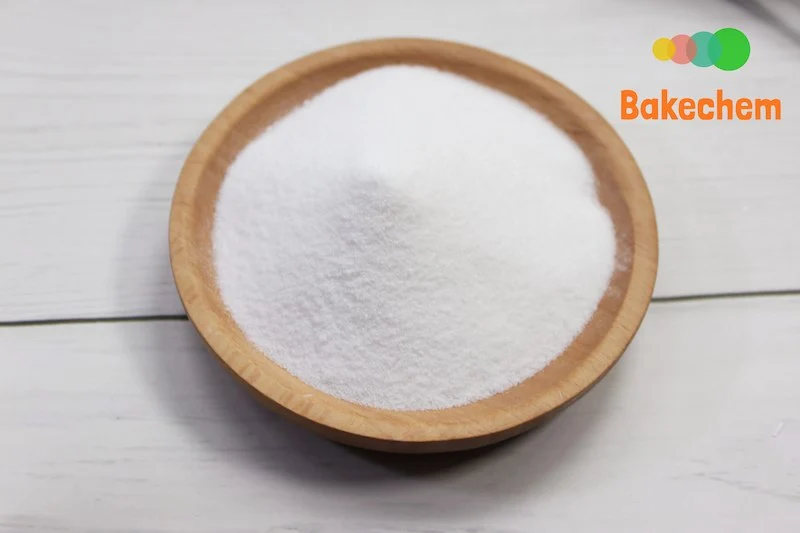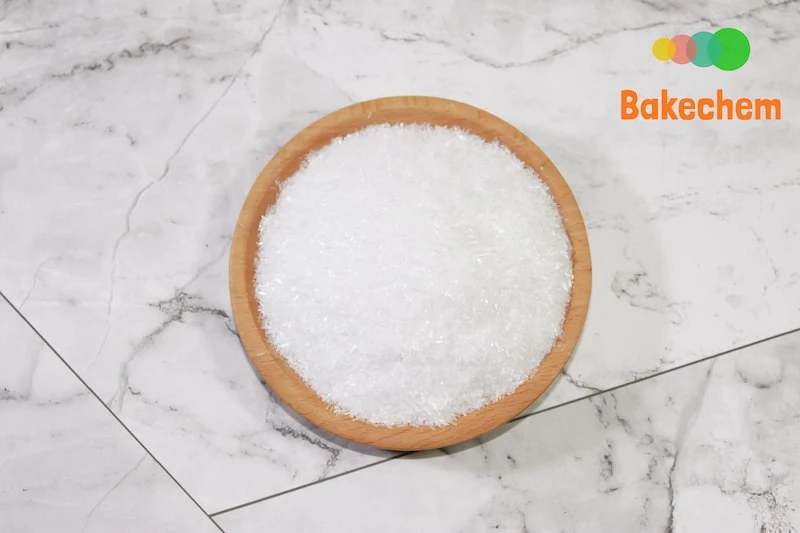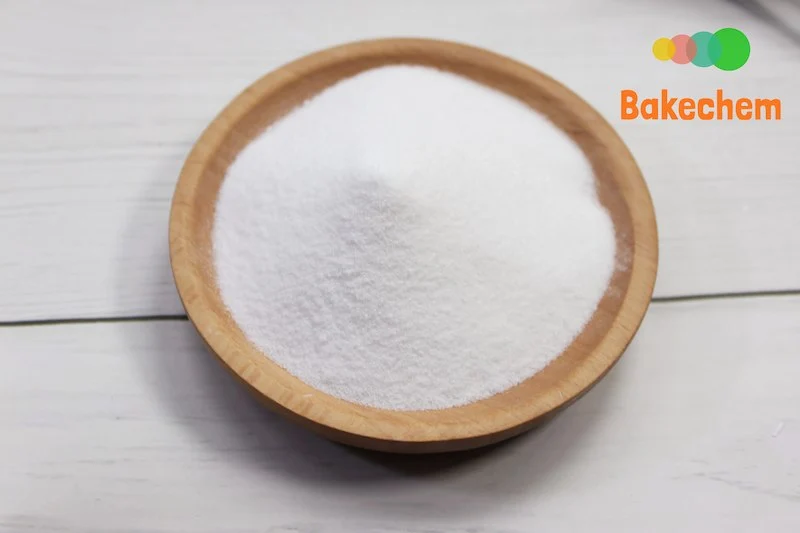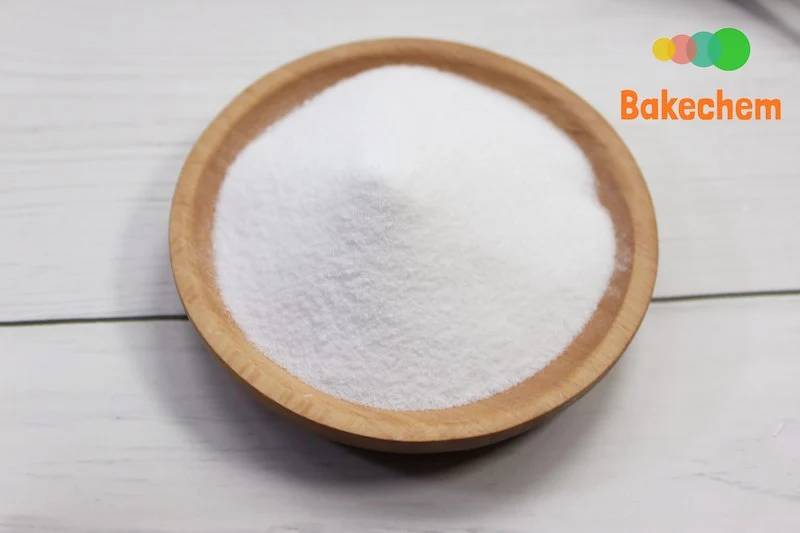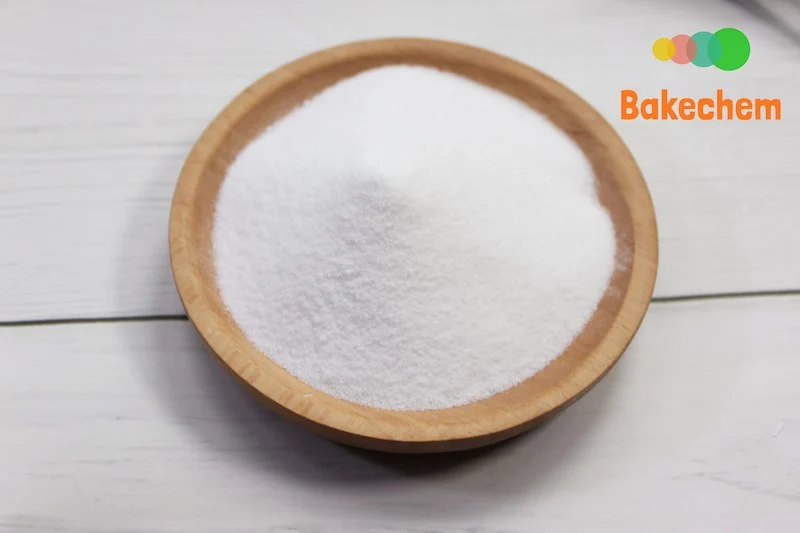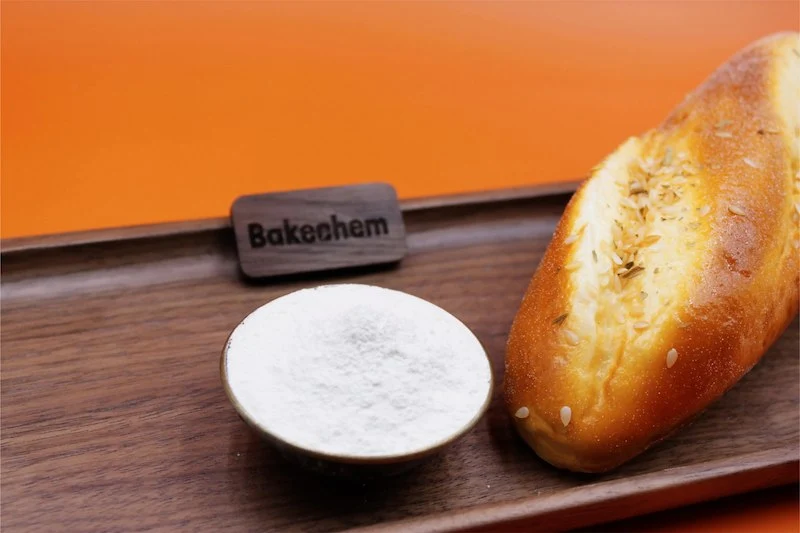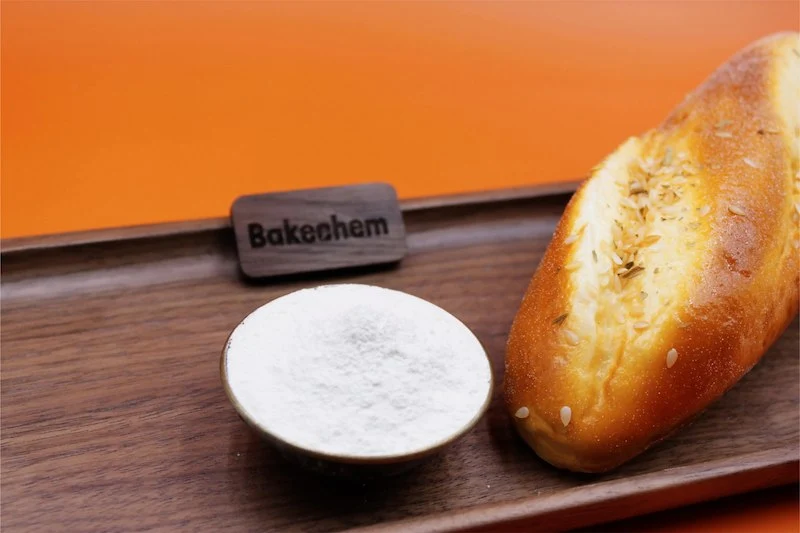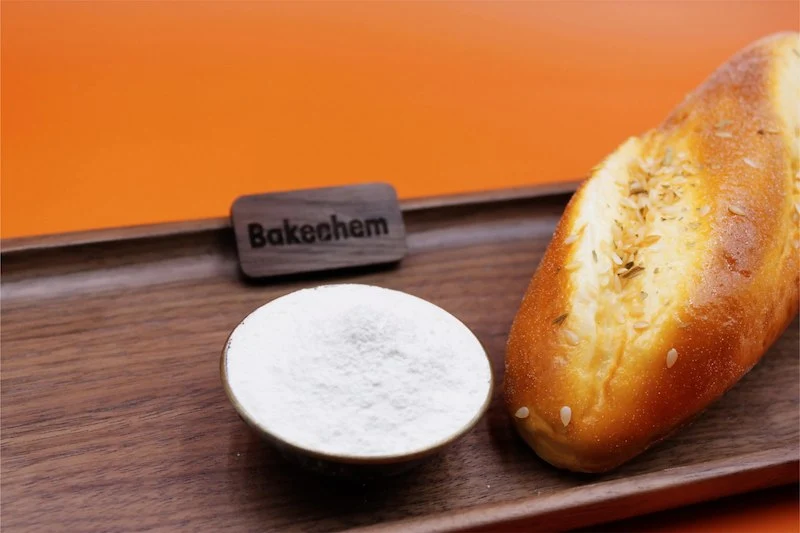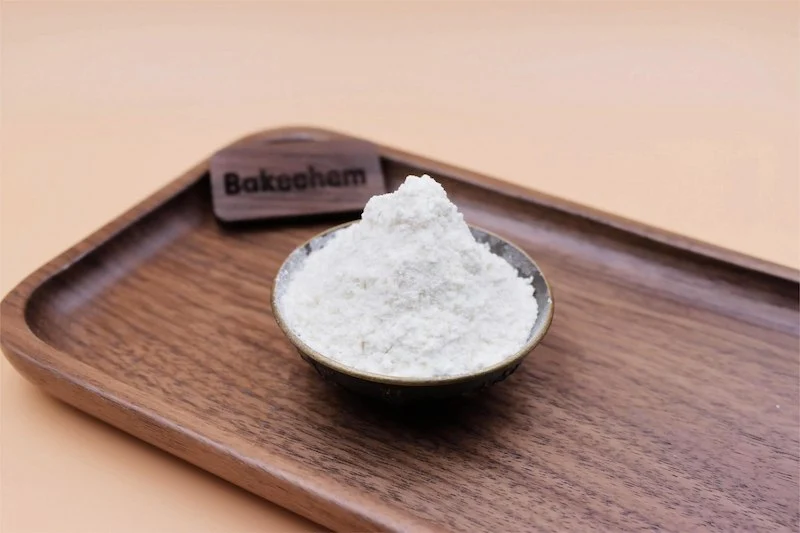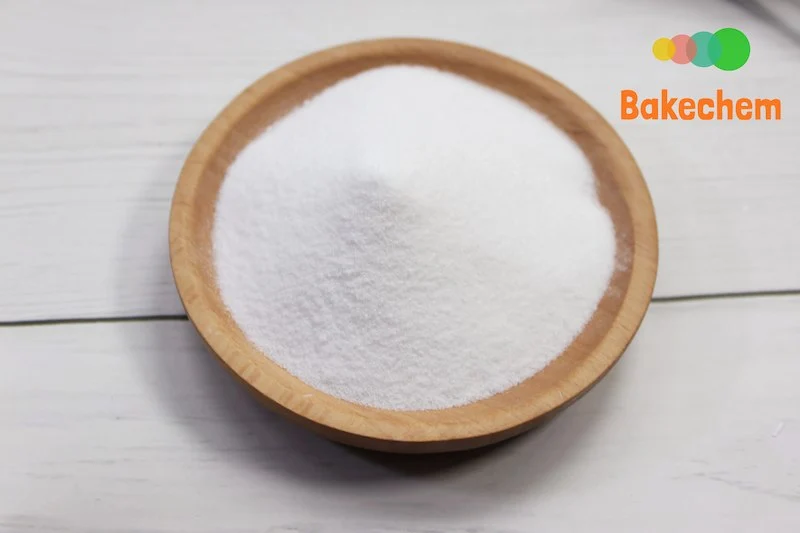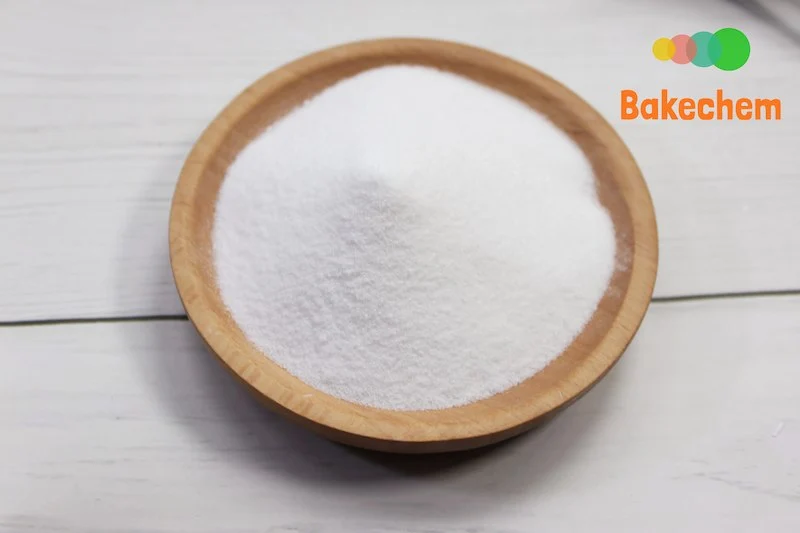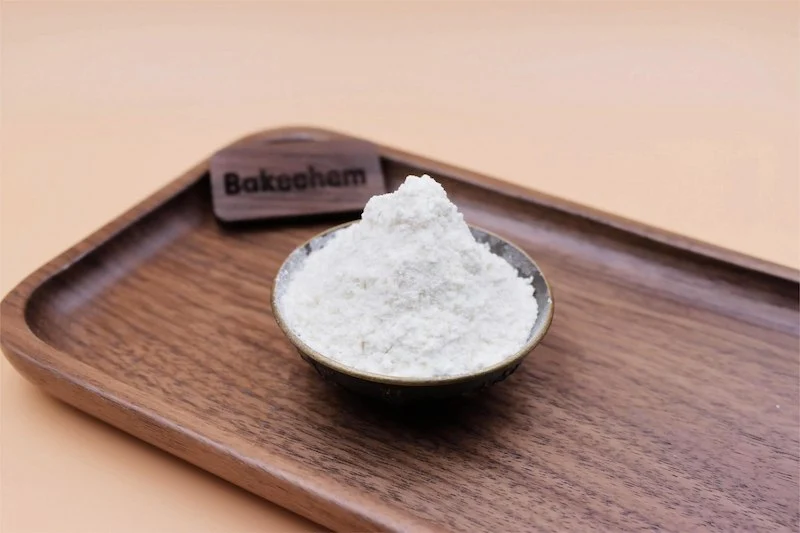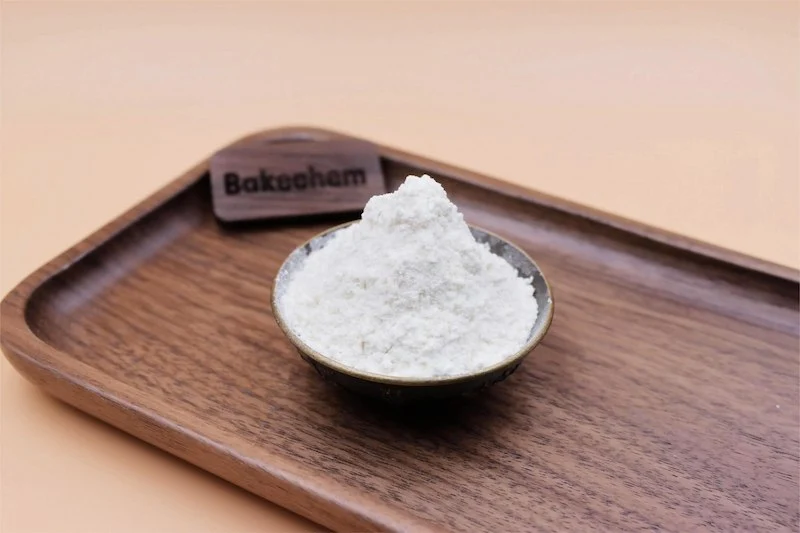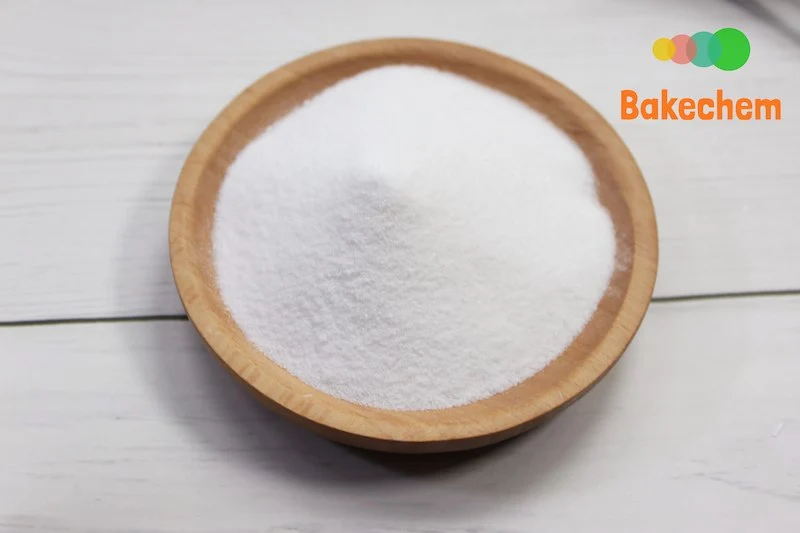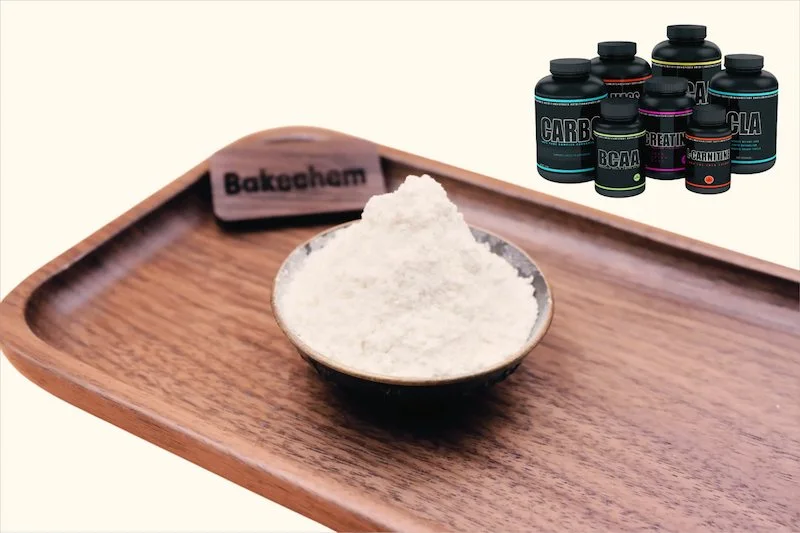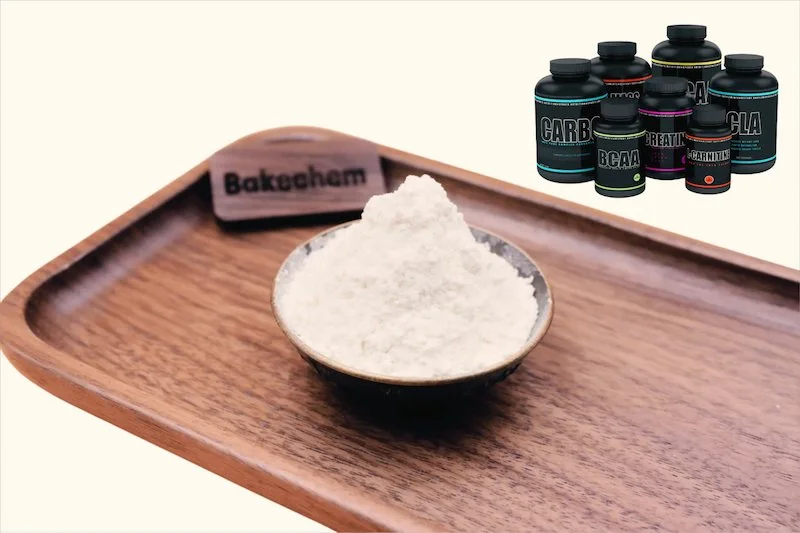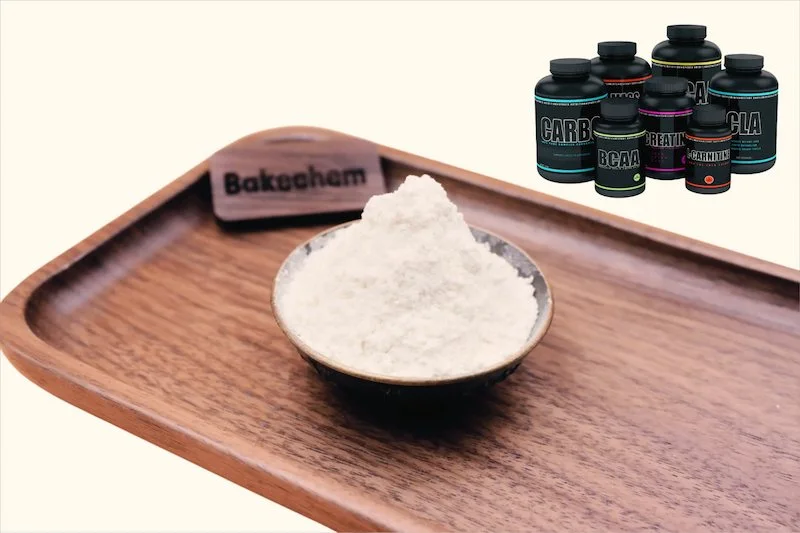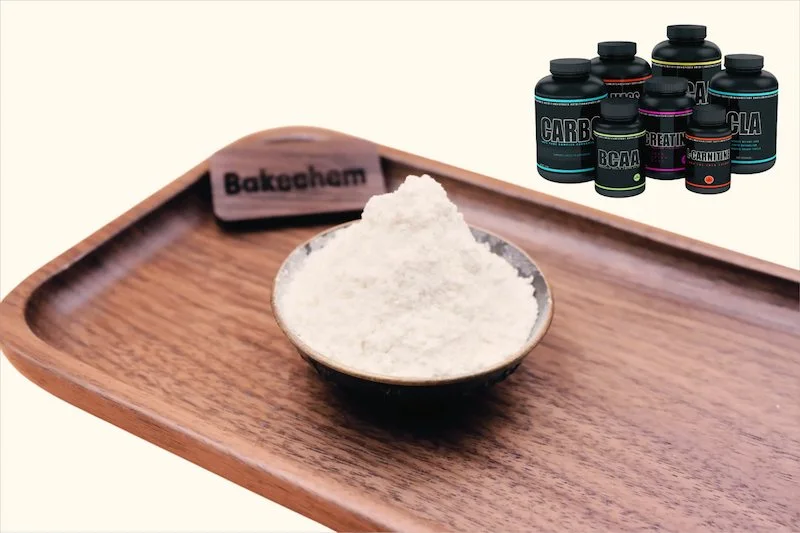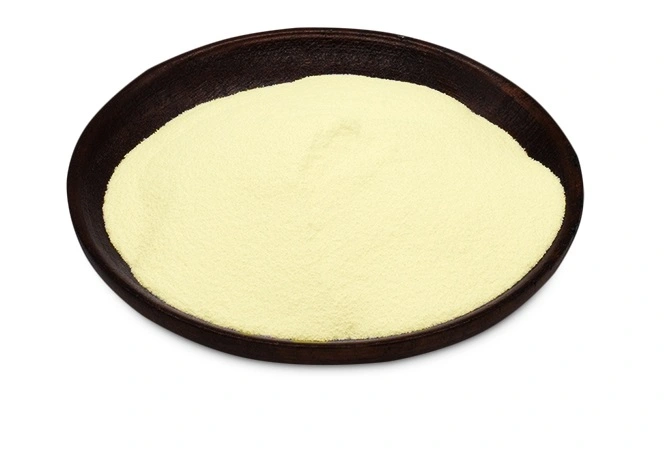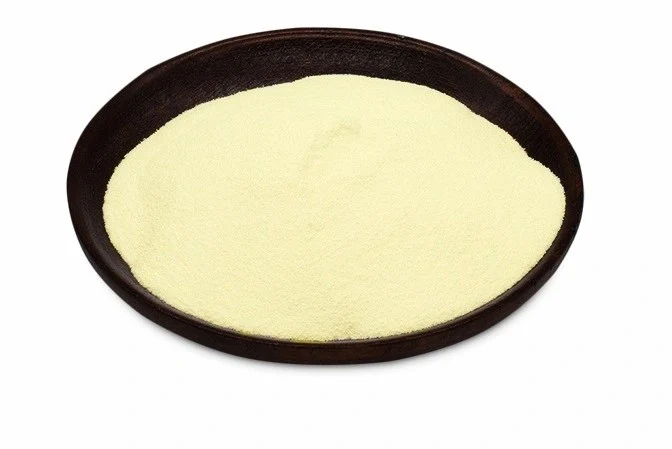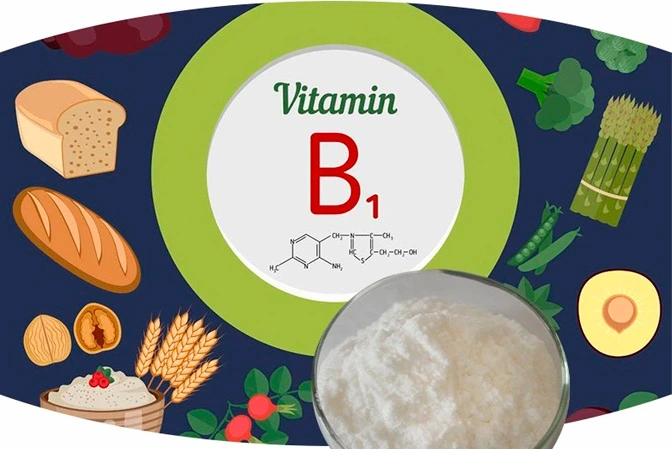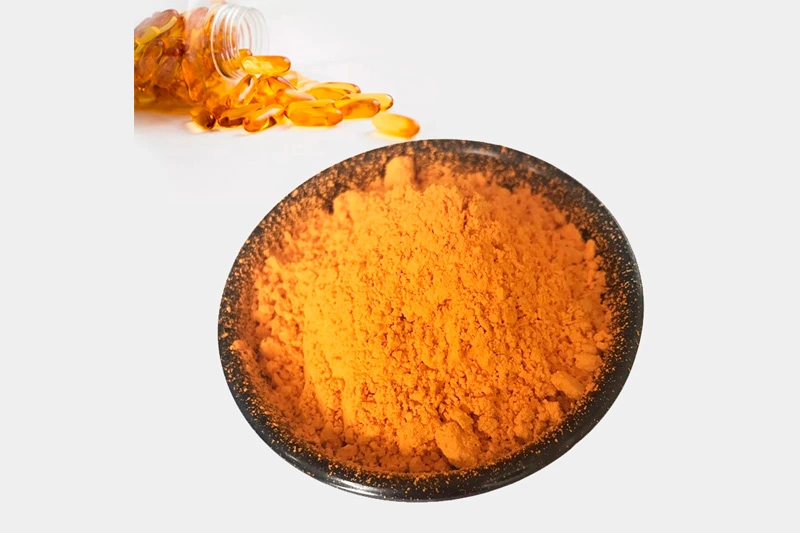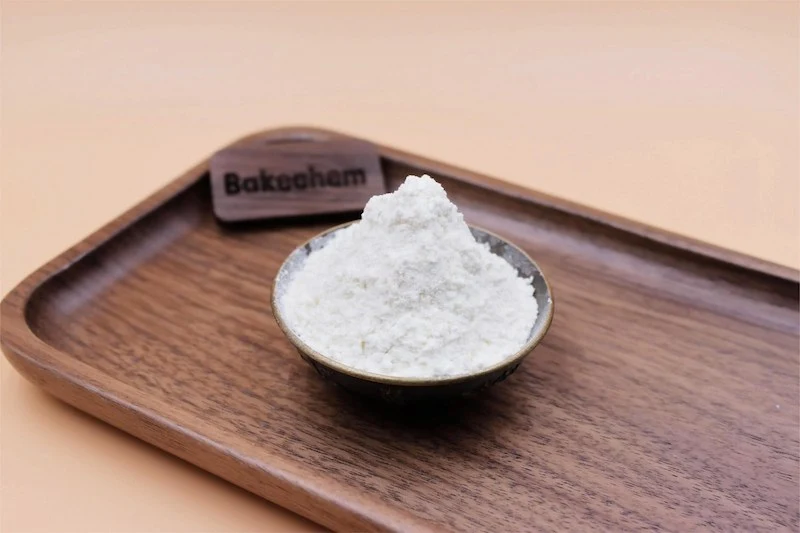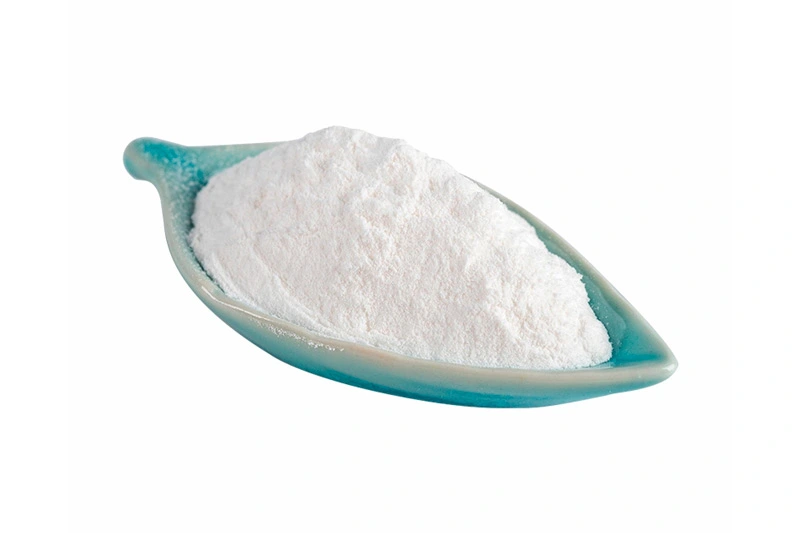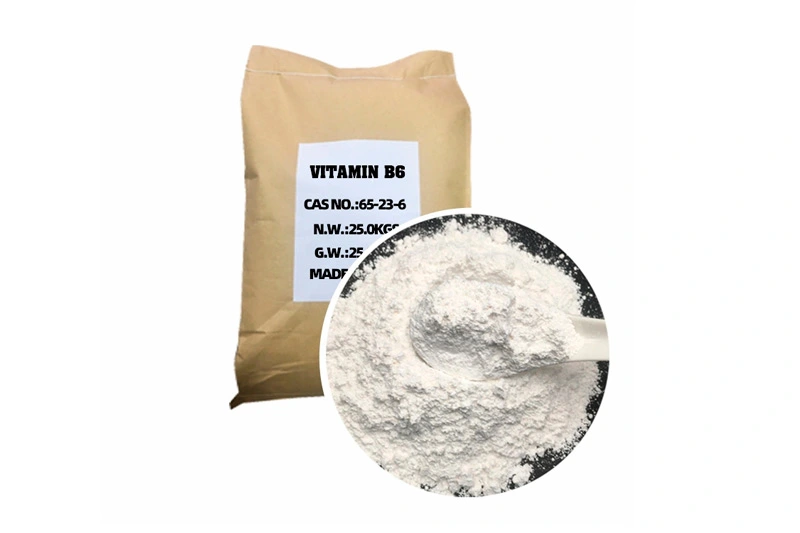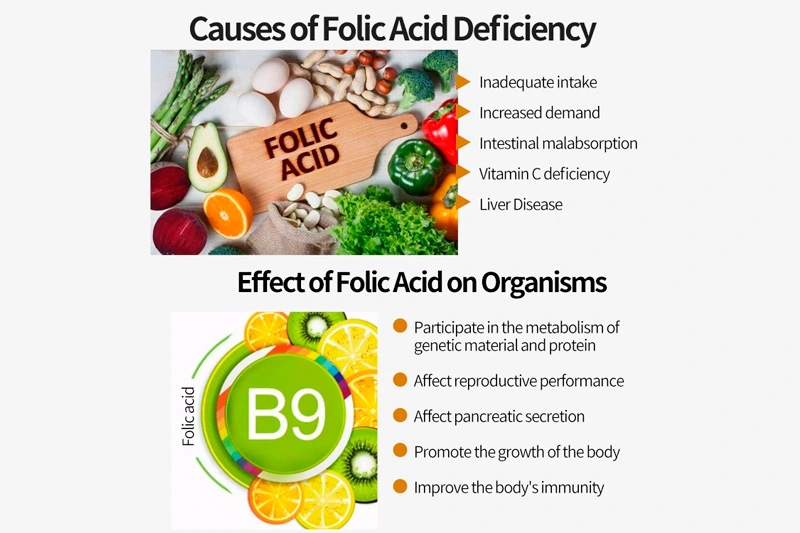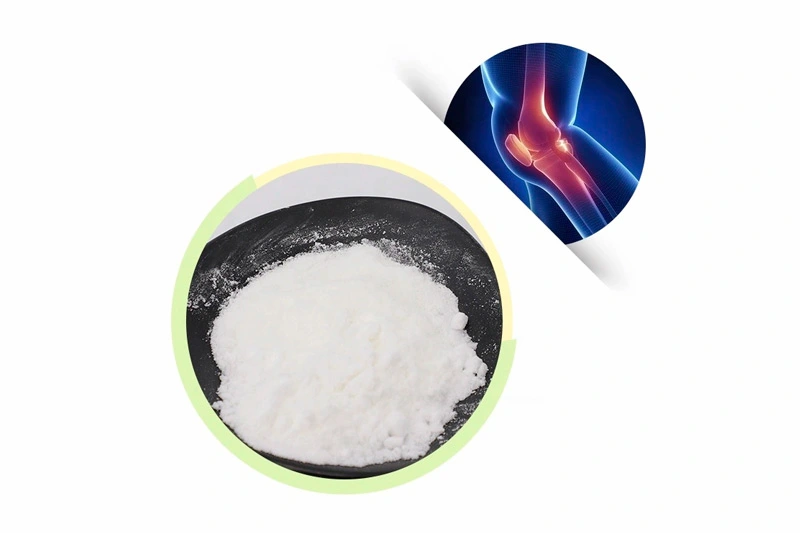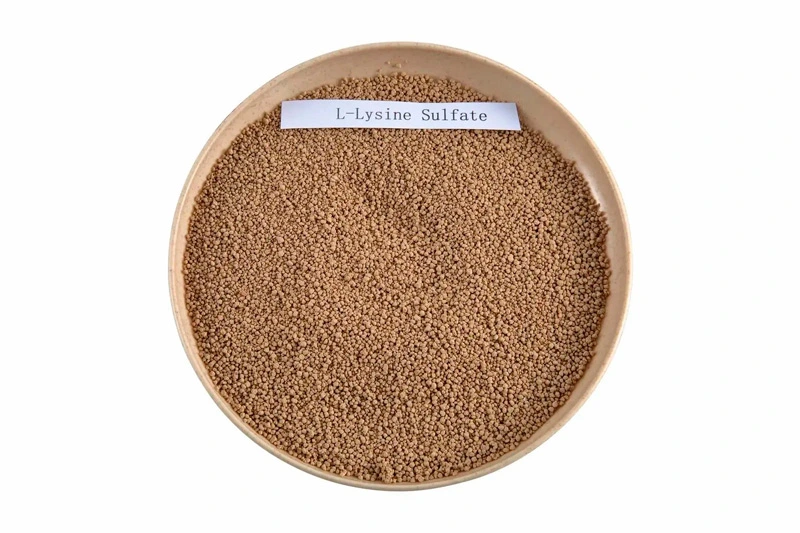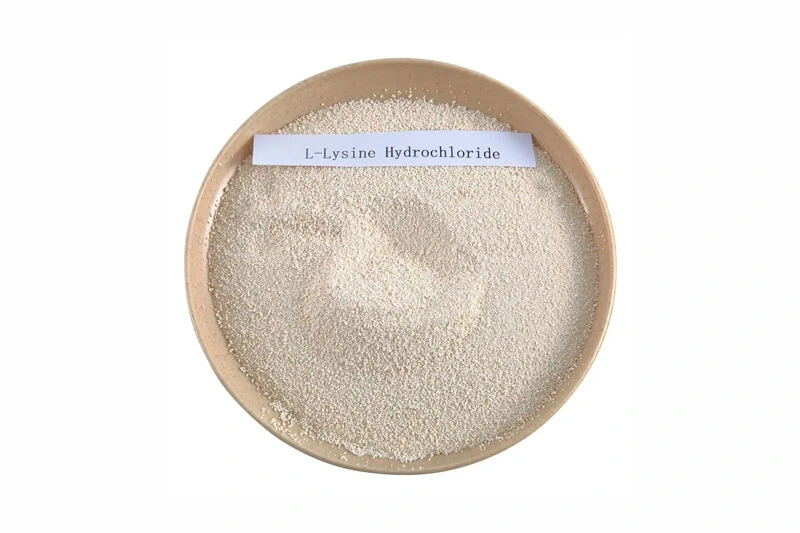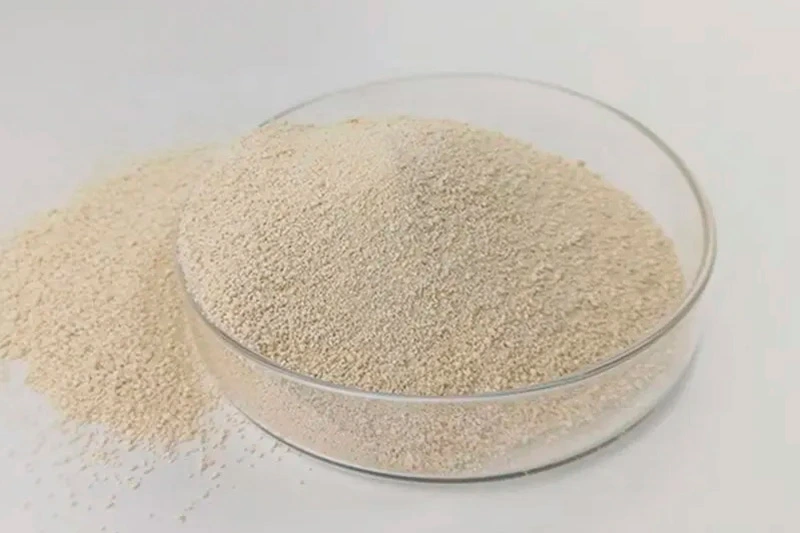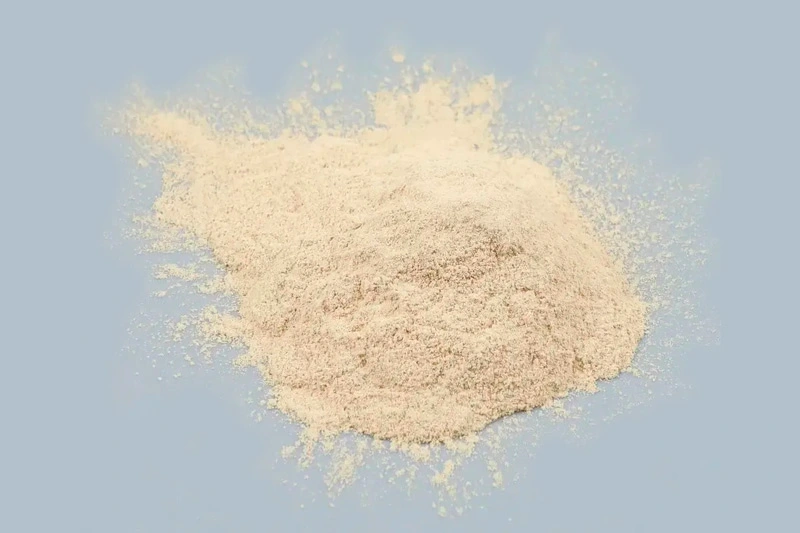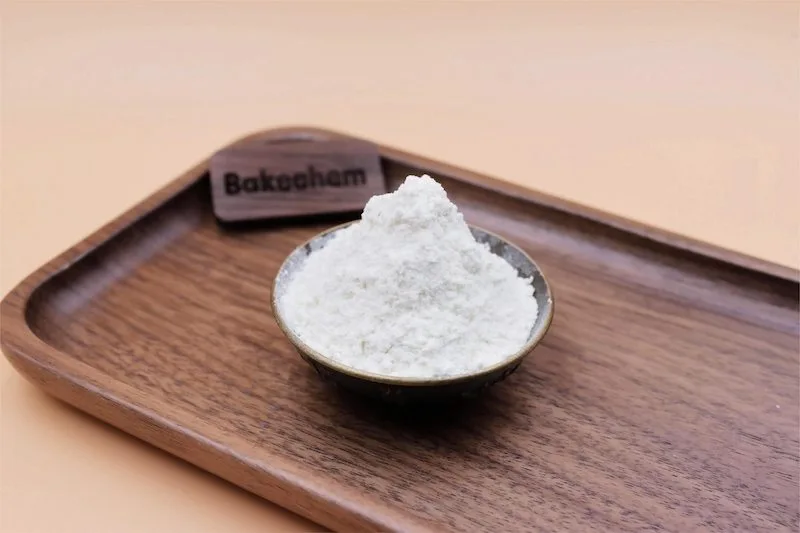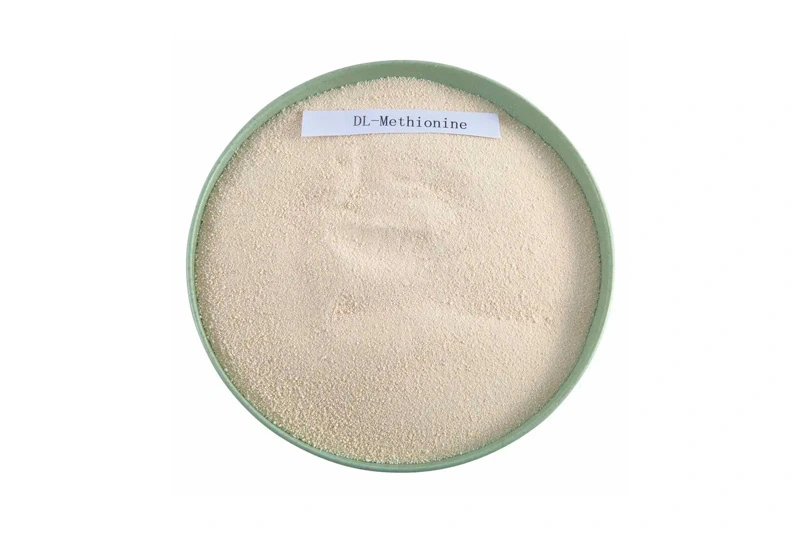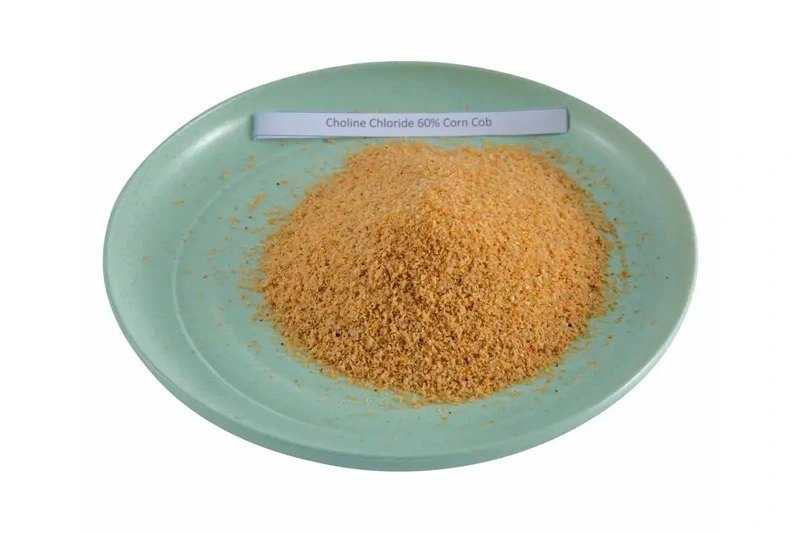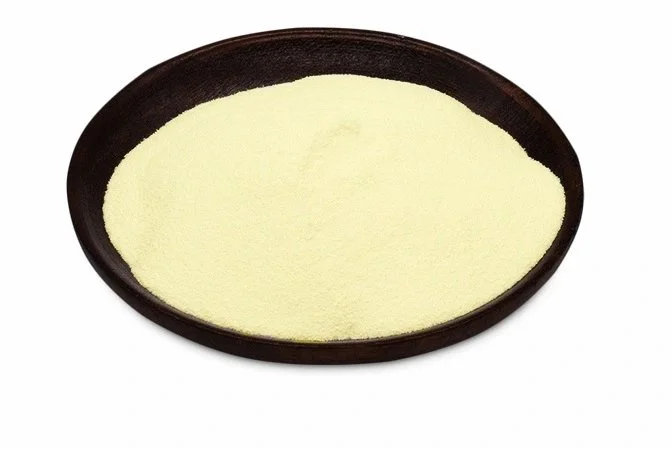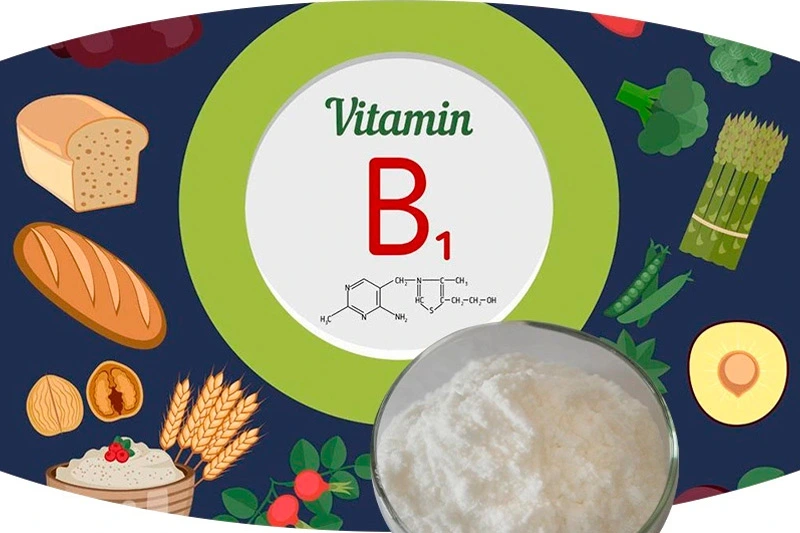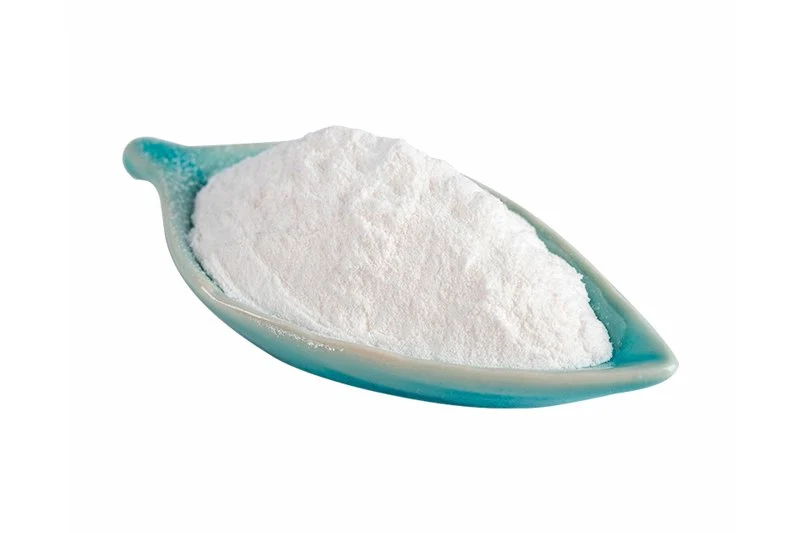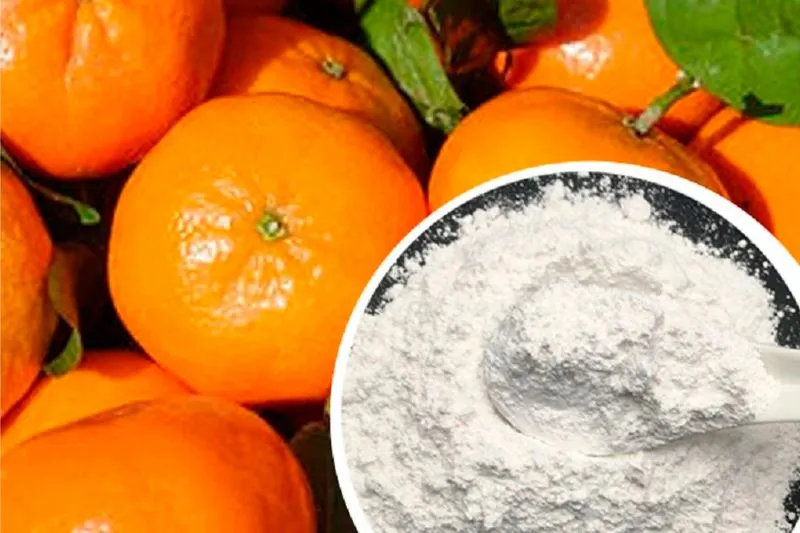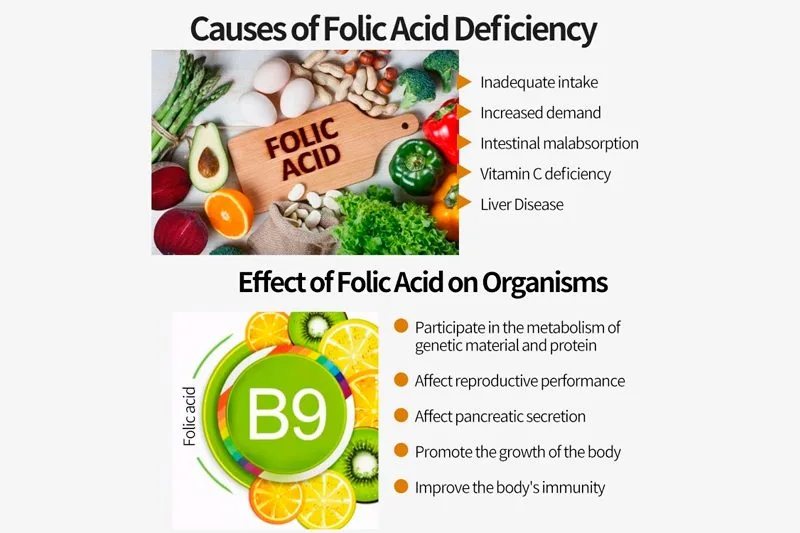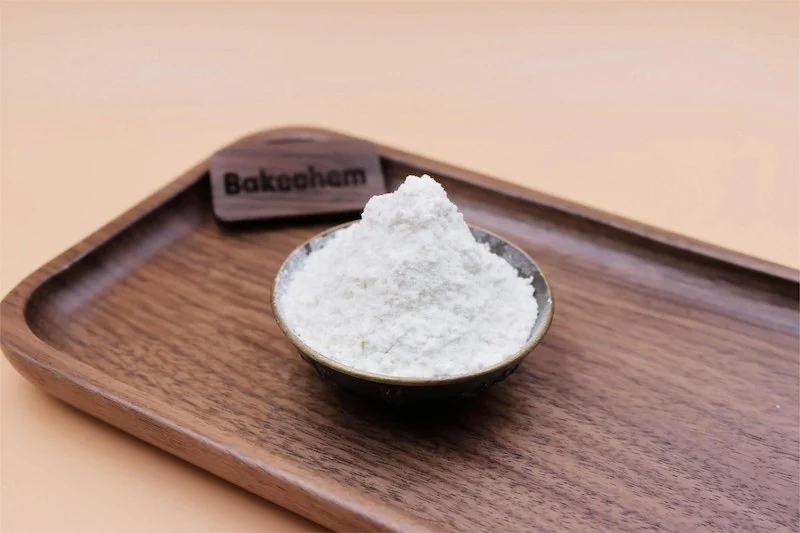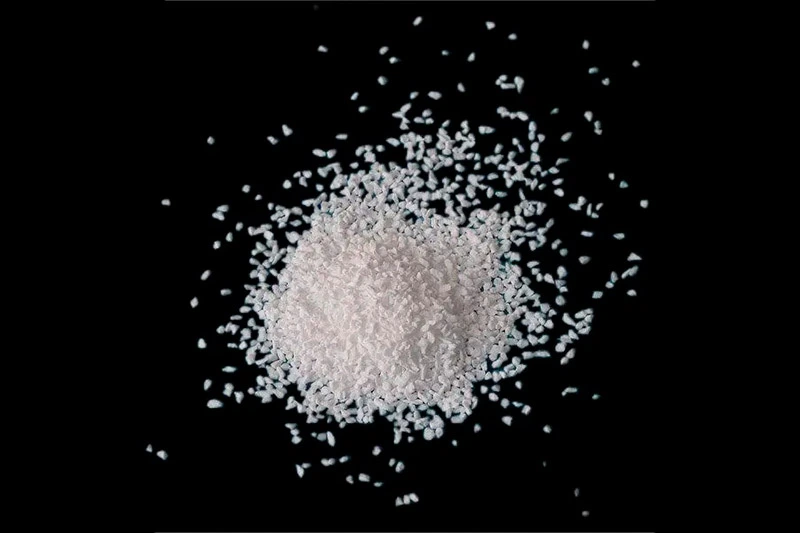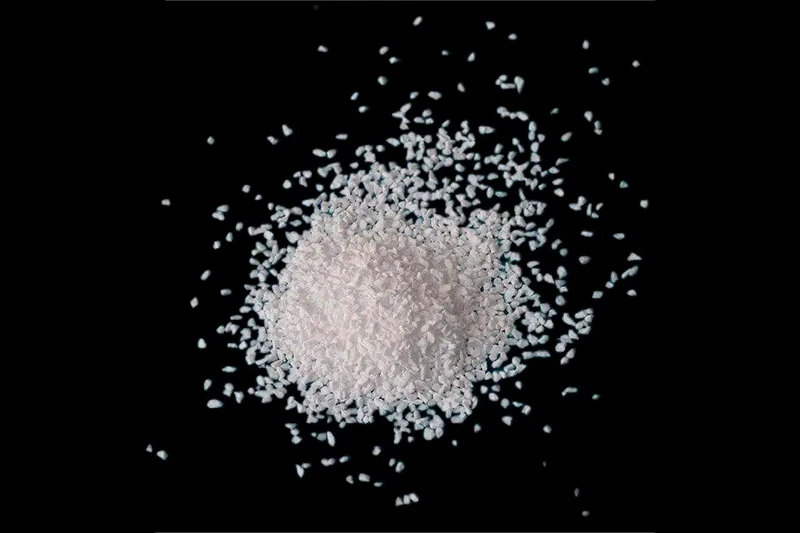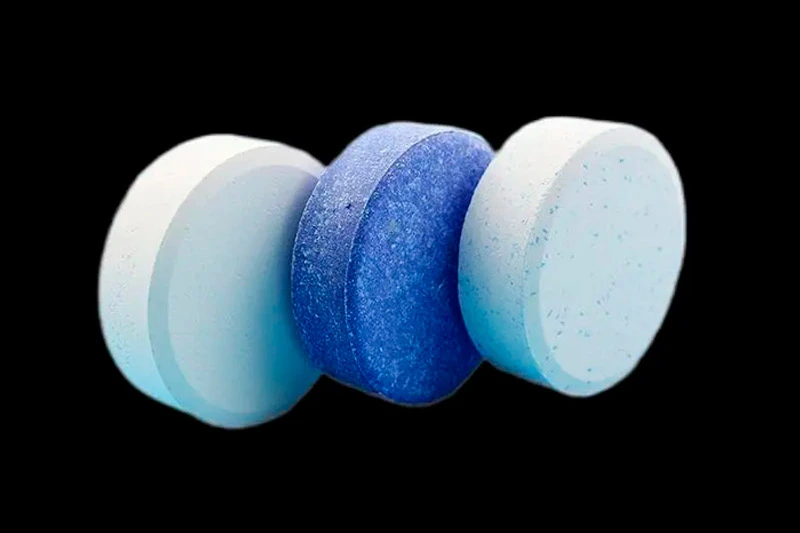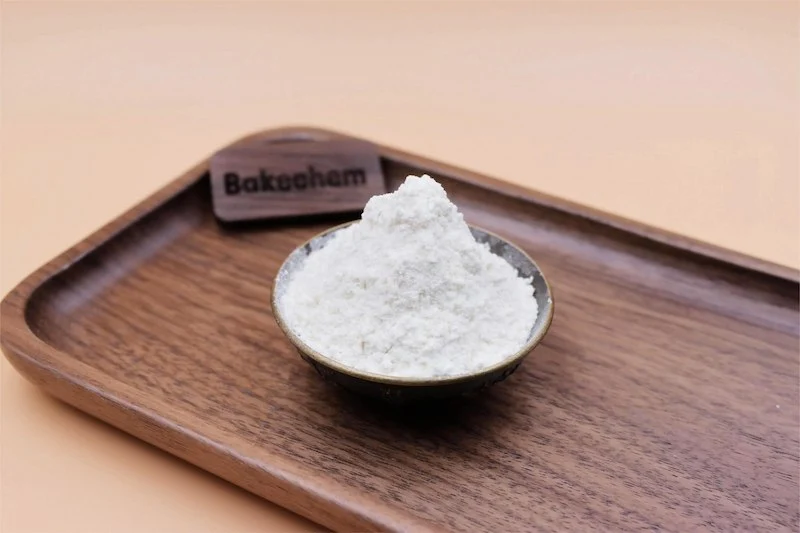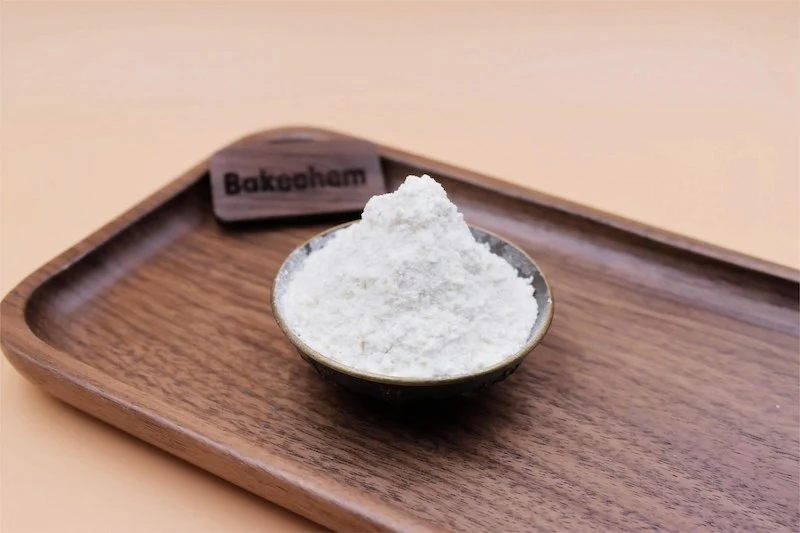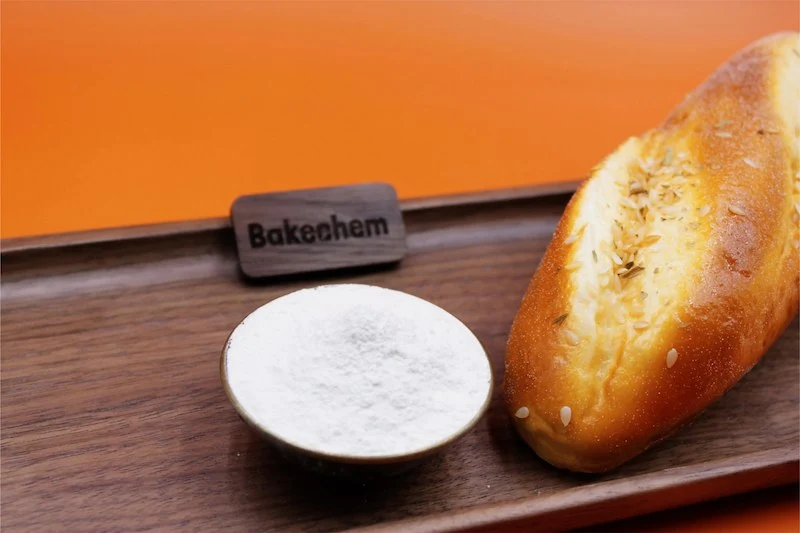Ammonium bicarbonate, known as E503 in the food industry, is commonly used as a leavening agent in baking. Its primary function is to help dough rise by releasing carbon dioxide gas when heated. But what happens to ammonium bicarbonate once it is ingested? Here, we delve into its effects on the human body, its safety, and its interaction with our biological systems.
E503 Ammonium Bicarbonate Digestive Aid
One of the primary effects of ammonium bicarbonate when used as a food additive is its role in digestion. As a leavening agent, ammonium bicarbonate breaks down upon heating, releasing carbon dioxide gas. When ingested, this gas can have a subtle impact on the digestive system.
E503 Ammonium Bicarbonate Feeling of Fullness and Gas Relief
The small amount of carbon dioxide gas released in the stomach can contribute to a sensation of fullness. This can be beneficial for individuals seeking to manage their appetite and portion control. Additionally, the release of gas might aid in relieving mild bloating or discomfort caused by gas accumulation in the digestive tract. This effect, however, is generally minimal and not pronounced enough to be considered a primary function of the additive.
E503 Ammonium Bicarbonate Neutralization of Acid
Ammonium bicarbonate is an amphoteric compound, meaning ammonium bicarbonate e number E503 has the ability to react with both acids and bases. In the context of ingestion, this property suggests that it could interact with stomach acid.
E503 Ammonium Bicarbonate Minimal Impact on Stomach Acidity
Upon consumption, ammonium bicarbonate might react with the hydrochloric acid in the stomach, potentially neutralizing a small amount of it. However, this effect is minimal and overshadowed by the body's robust natural buffering systems, which regulate stomach acidity. The primary role of ammonium bicarbonate in food is not to act as an antacid, and any acid-neutralizing effect it has would be negligible in comparison to the body's overall acid management processes.
E503 Ammonium Bicarbonate Absorption and Elimination
After ingestion, the majority of ammonium bicarbonate is absorbed by the body and broken down into harmless components. The compound dissociates into ammonia, carbon dioxide, and water. These components are then processed and eliminated through normal bodily functions.
E503 Ammonium Bicarbonate Safe Breakdown and Excretion
The carbon dioxide produced is expelled through the respiratory system, while water is incorporated into the body's fluids and eventually excreted via urine. The ammonia component is converted into urea in the liver, which is then eliminated through the kidneys. This efficient breakdown and excretion pathway ensures that ammonium bicarbonate does not accumulate in the body or pose a long-term health risk.
E503 Ammonium Bicarbonate Safety and Regulatory Status
Regulatory bodies, including the US Food and Drug Administration (FDA), have thoroughly evaluated the safety of ammonium bicarbonate. It has been designated as Generally Recognized As Safe (GRAS) based on extensive scientific research and historical data.
E503 Ammonium Bicarbonate Safe Consumption Levels
The GRAS status implies that ammonium bicarbonate is safe for consumption in the amounts typically found in food additives and supplements. The levels used in baking and food processing are well within the safety limits established by regulatory authorities. These guidelines ensure that consumers are not exposed to harmful levels of the additive.
E503 Ammonium Bicarbonate Potential Irritation from Direct Contact
While ammonium bicarbonate is safe for consumption, it is important to handle it with care in its raw form. Direct inhalation of ammonium bicarbonate powder can irritate the respiratory tract, causing coughing and discomfort. Similarly, contact with the skin may lead to irritation or allergic reactions, particularly in sensitive individuals. Using protective equipment like gloves and masks when handling the raw powder can prevent these issues.
E503 Ammonium Bicarbonate Risks of Large Doses
Ingesting large amounts of ammonium bicarbonate, although uncommon, could be harmful. Excessive consumption might lead to digestive upset or other health issues. However, the quantities used in food products are carefully controlled to avoid such risks.
E503 Ammonium Bicarbonate Uncommon in Normal Dietary Situations
Normal dietary situations involve the consumption of ammonium bicarbonate in very small amounts, typically as part of baked goods. The risk of consuming harmful doses is extremely low, given the stringent regulations and guidelines governing its use in the food industry.
With Bakechem food ingredients manufacturer, Ammonium bicarbonate (E503) is a widely used food additive and baking additives with a well-documented safety profile. Its primary function in baking is to act as a leavening agent, and upon ingestion, it breaks down into harmless components that are easily processed by the body. While it can contribute to a slight feeling of fullness and minor acid neutralization, its overall impact on the body is minimal. Regulatory bodies, including the FDA, affirm its safety in the amounts typically used in food products. Proper handling can prevent irritation from direct contact, and the controlled use in food manufacturing ensures that it does not pose a health risk.

